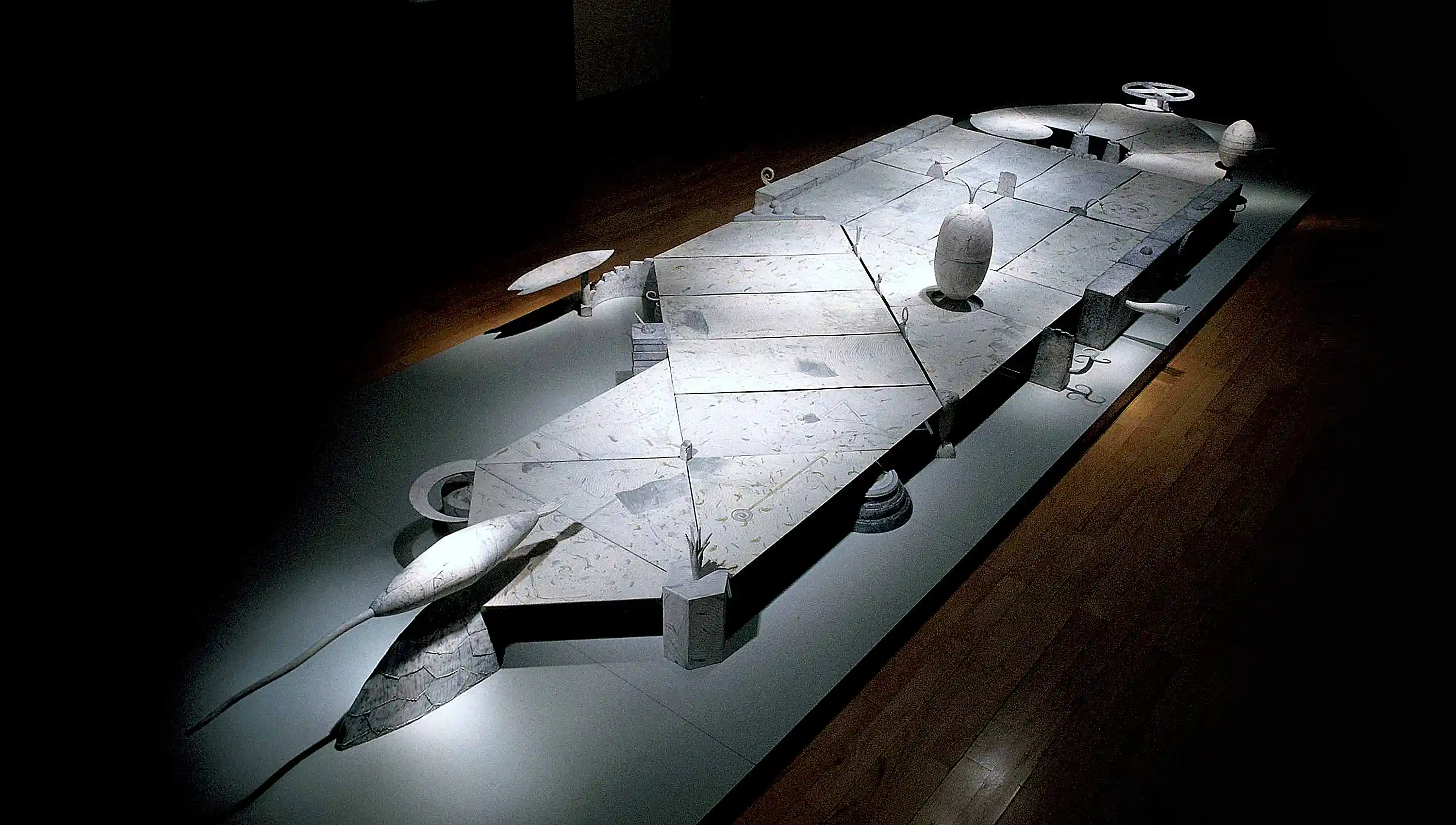
生物規範view
生物は生殖という同一の行動目的の中で、常に環境条件に応じ、自らの生命維持システム、 形態、ディスプレイ行為を変異させ続け、多種多様な種の生態系を創りあげている。 1950年代からの陶芸の表現は、器、用途の世界だけでなく、素材感を伝えるもの、 技法を純化したもの、様々な造形表現へと拡張している。 それらの表現は、現在という眼差しで、〈素材、手法、土石から陶磁へのプロセス〉を見つめた、 現在性のある行動であろう。
〈アフターマン〉
ドゥーガル・ディクソンは言う。 〈動物がどんな形態に落ち着くかは、その先祖が何であったかによって決まるところが多い。 もし動物がある役割に相応しく変化しえる形質を持っていたら、 例えその役割が理想的でなくても手近にある、その目標に向かって進化適応する。〉

Criterion of Life -View
With a purpose of generative reproduction, creatures have built up a wide variety of ecosystem by mutating their life support system, life forms and display behaviors, adapting the environment conditions. Since 1950’s, the ceramic art has not limit its media just to vessels or something with function, rather it has extended to various creative expressions, carrying the feeling of texture, or purification of technique. The material, the technique and the process are turning to ceramic art. I think they play an important role in ceramic art with contemporary vision.
After Man
Dougal Dixon comments, The final forms of animals depend so much on what their ancestors were. If animals have morphological feature changing for a certain role, and if that role is not even close to their ideal level, they do adapt and mutate toward their neighboring destinations.
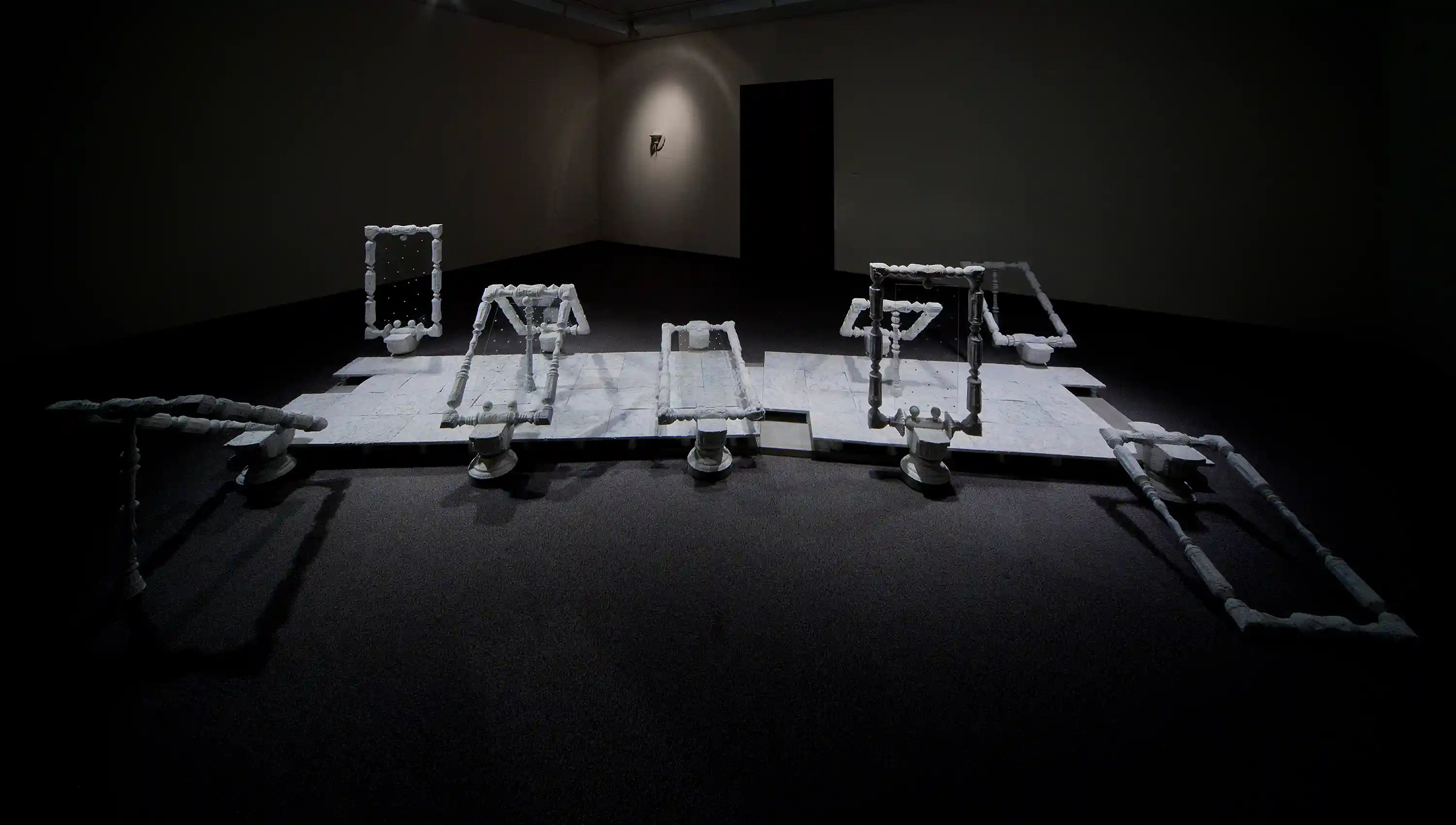
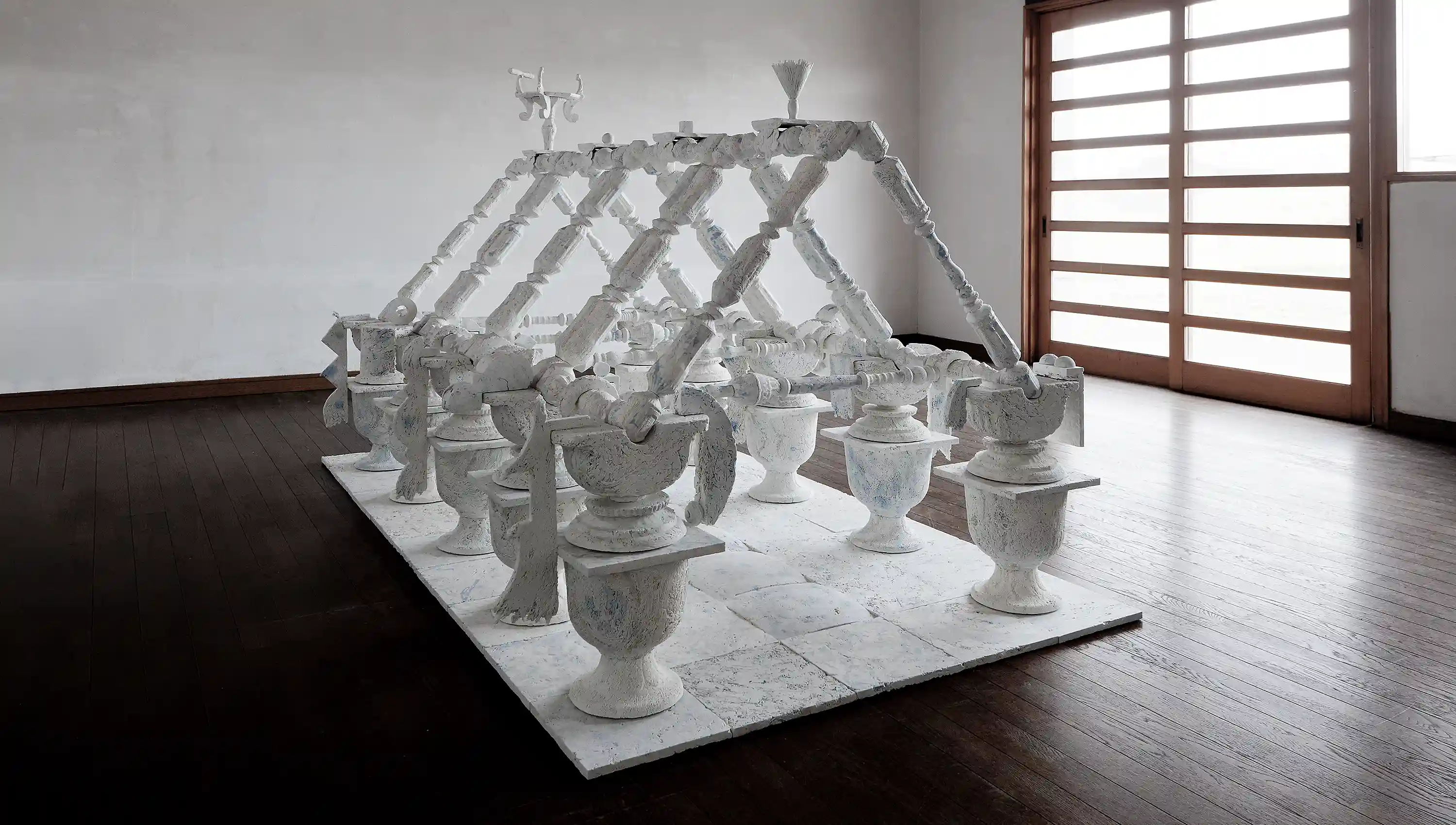

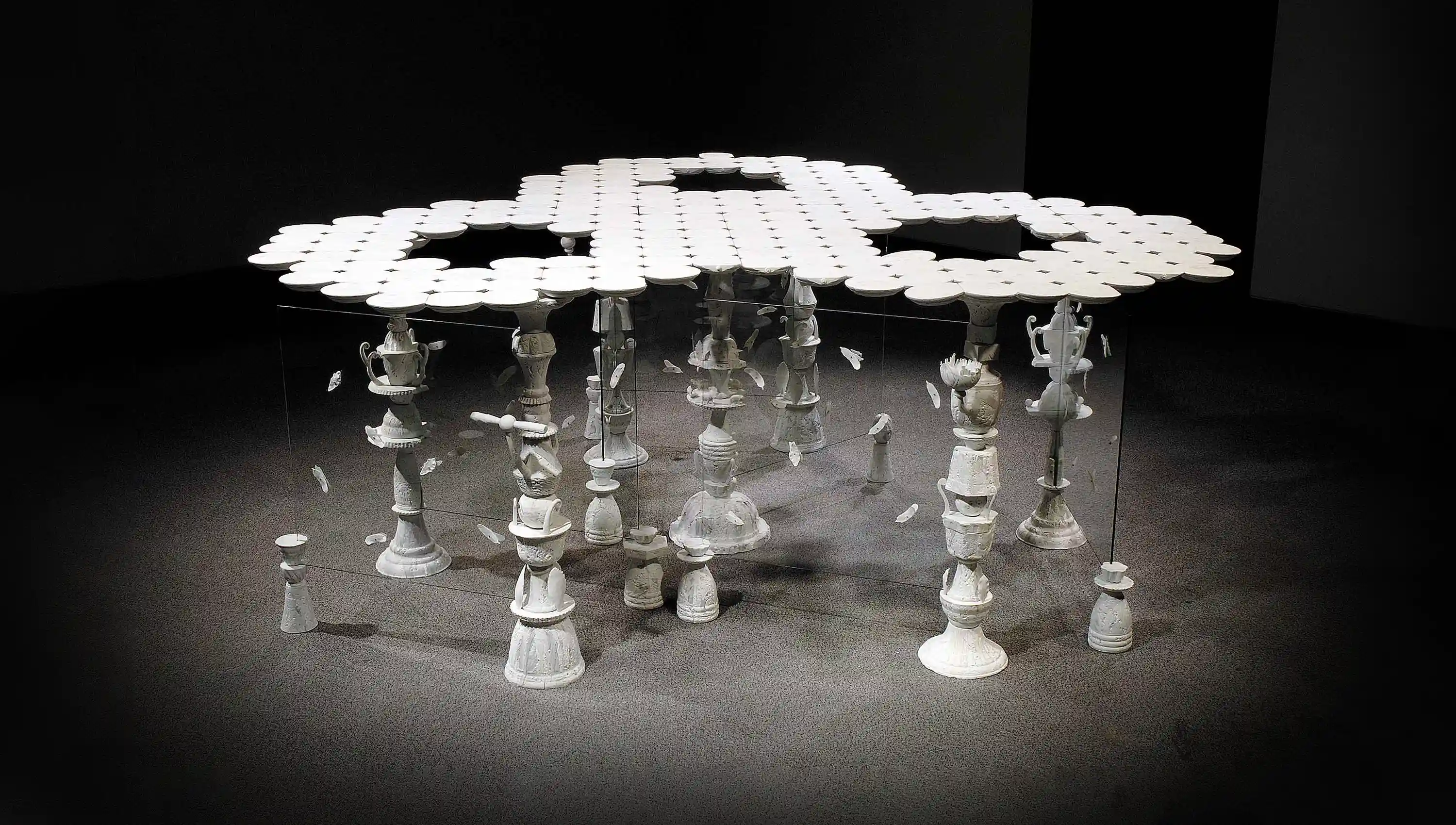
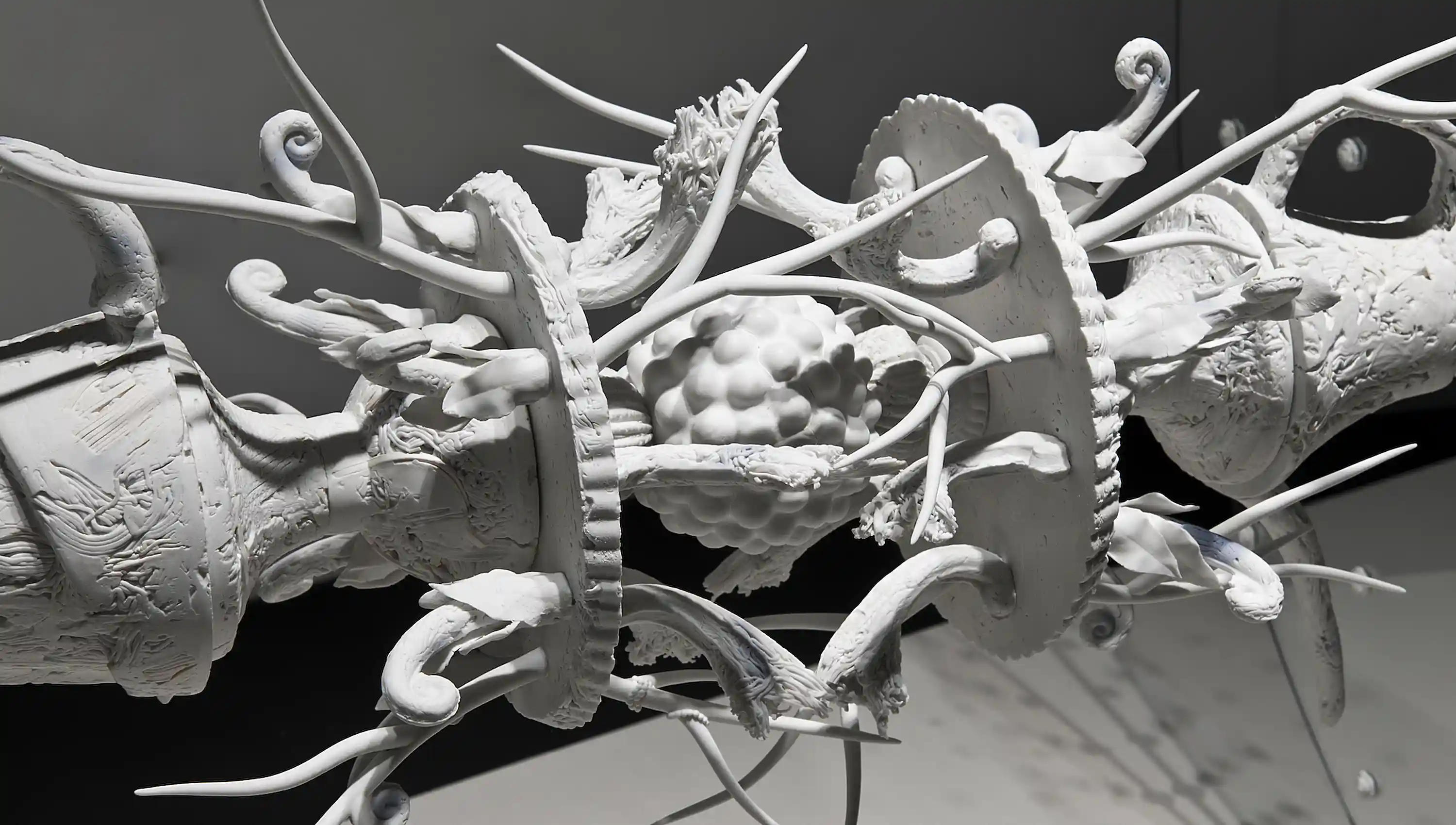
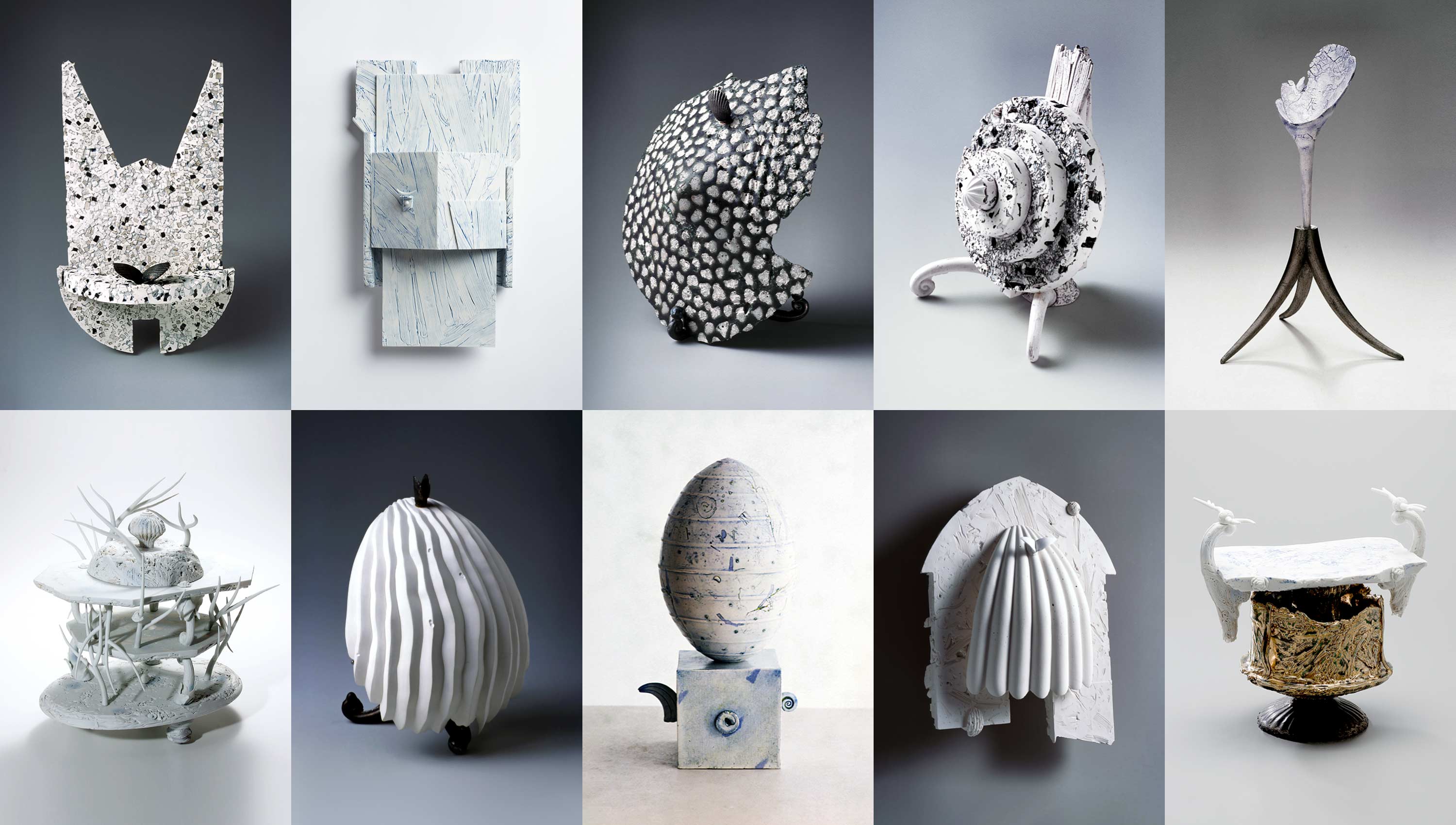
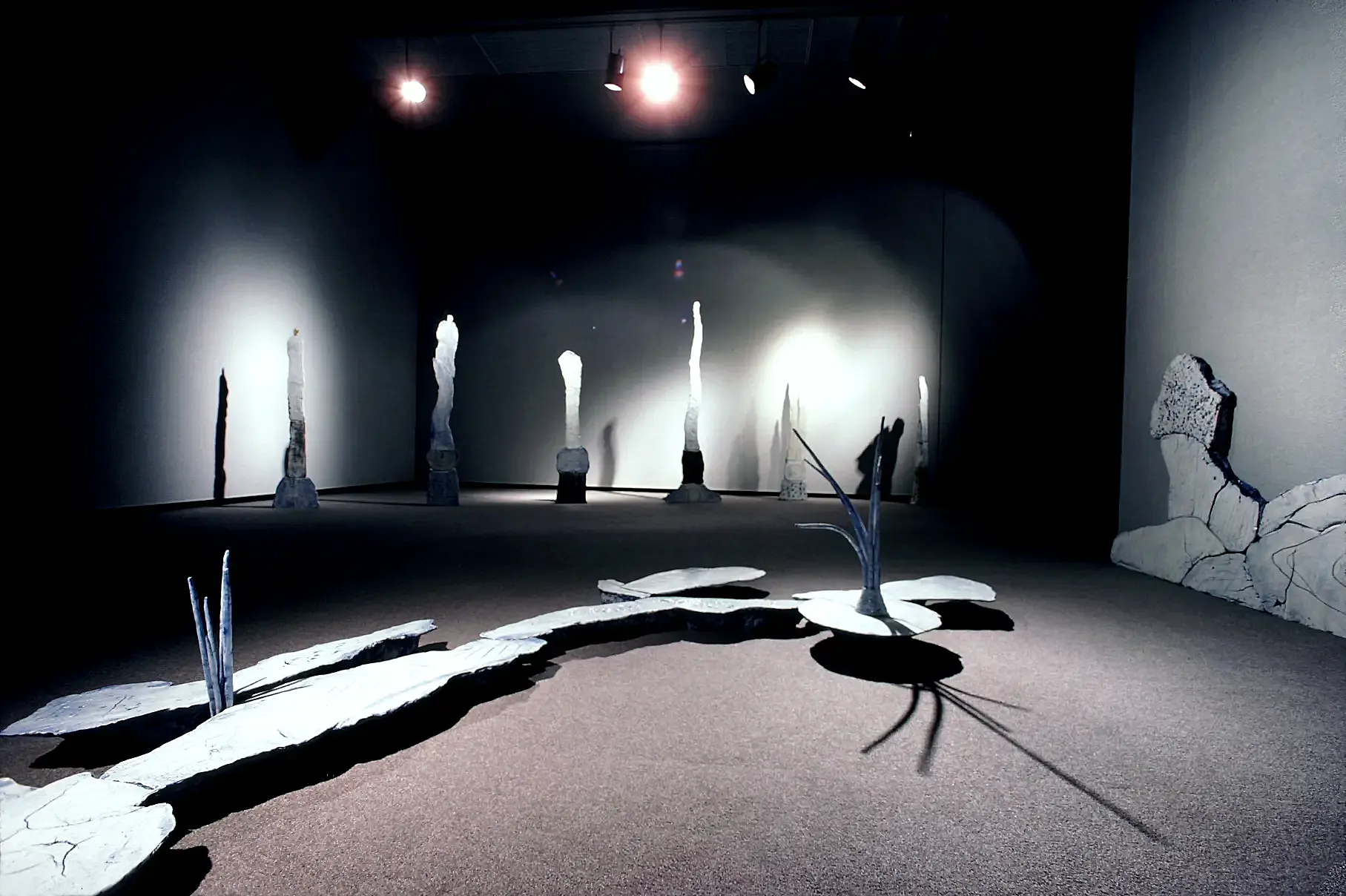
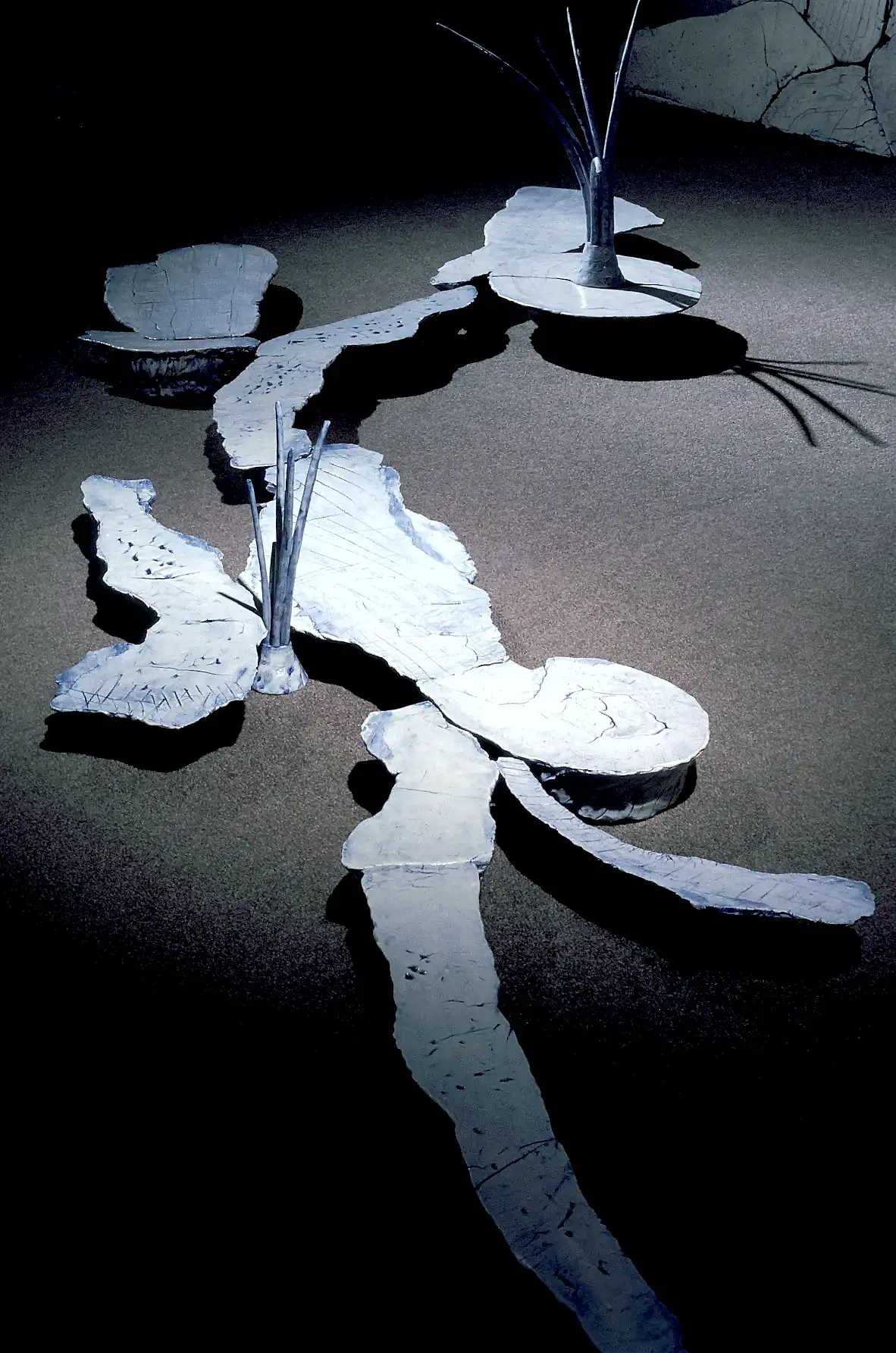
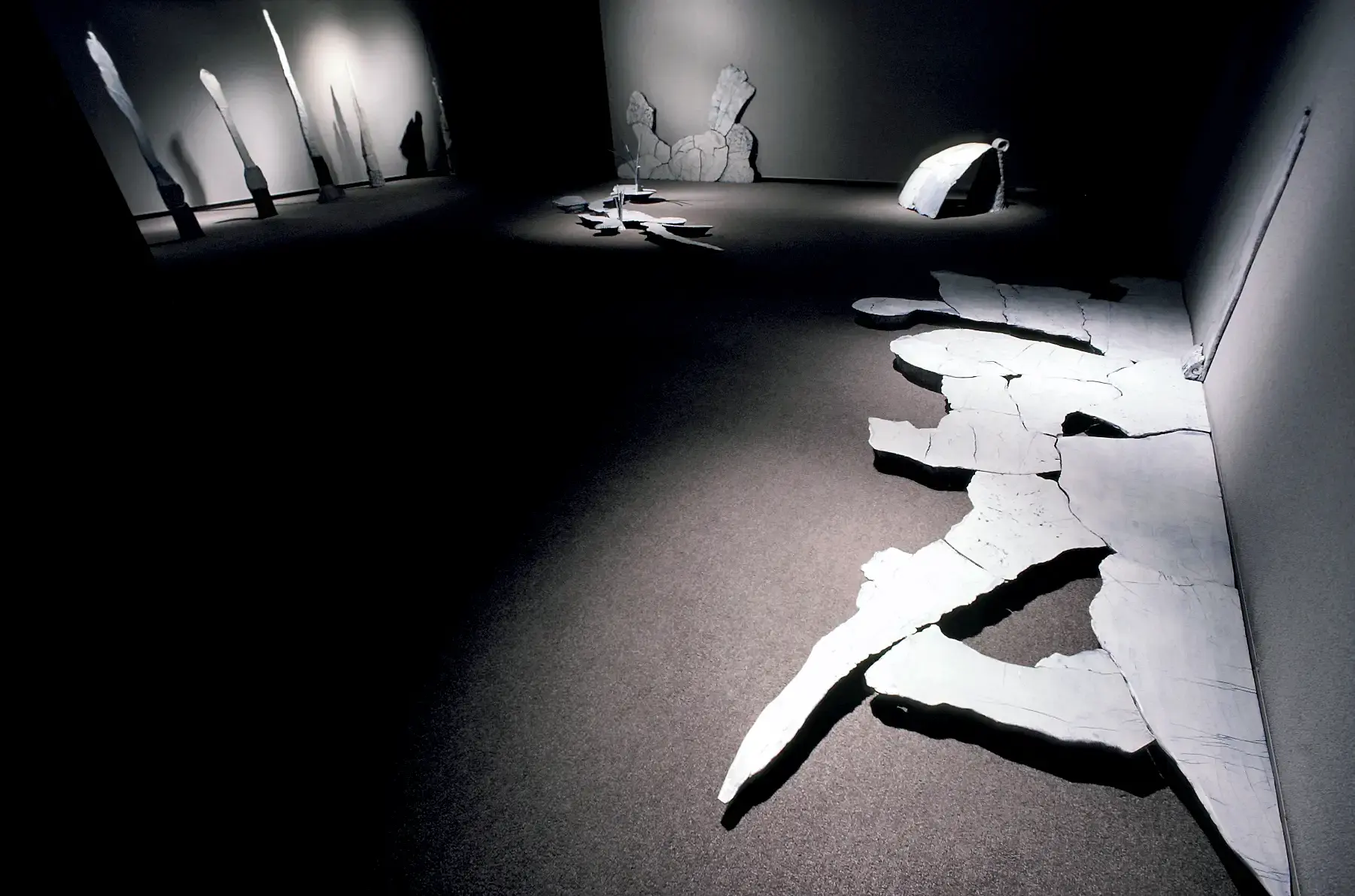
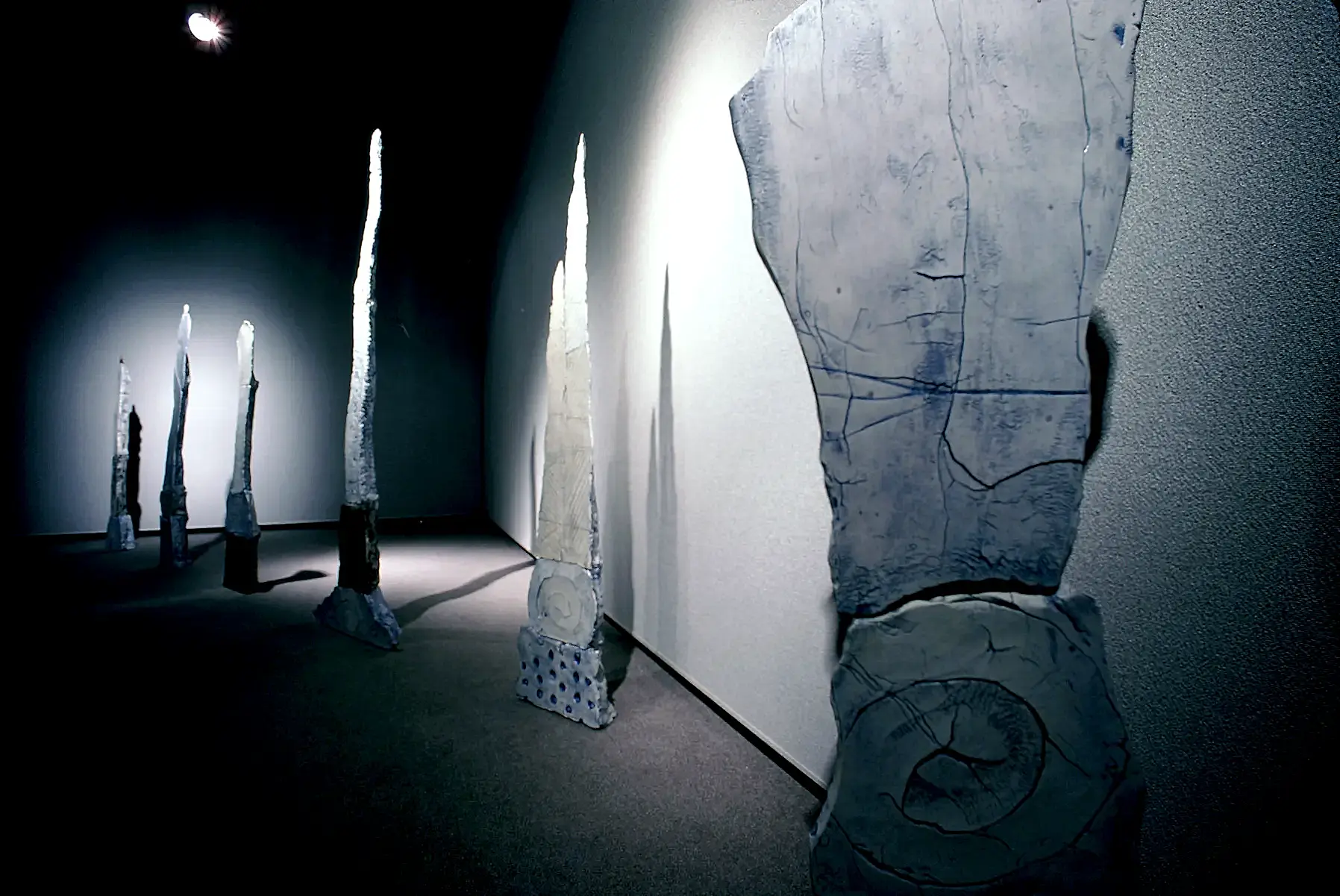
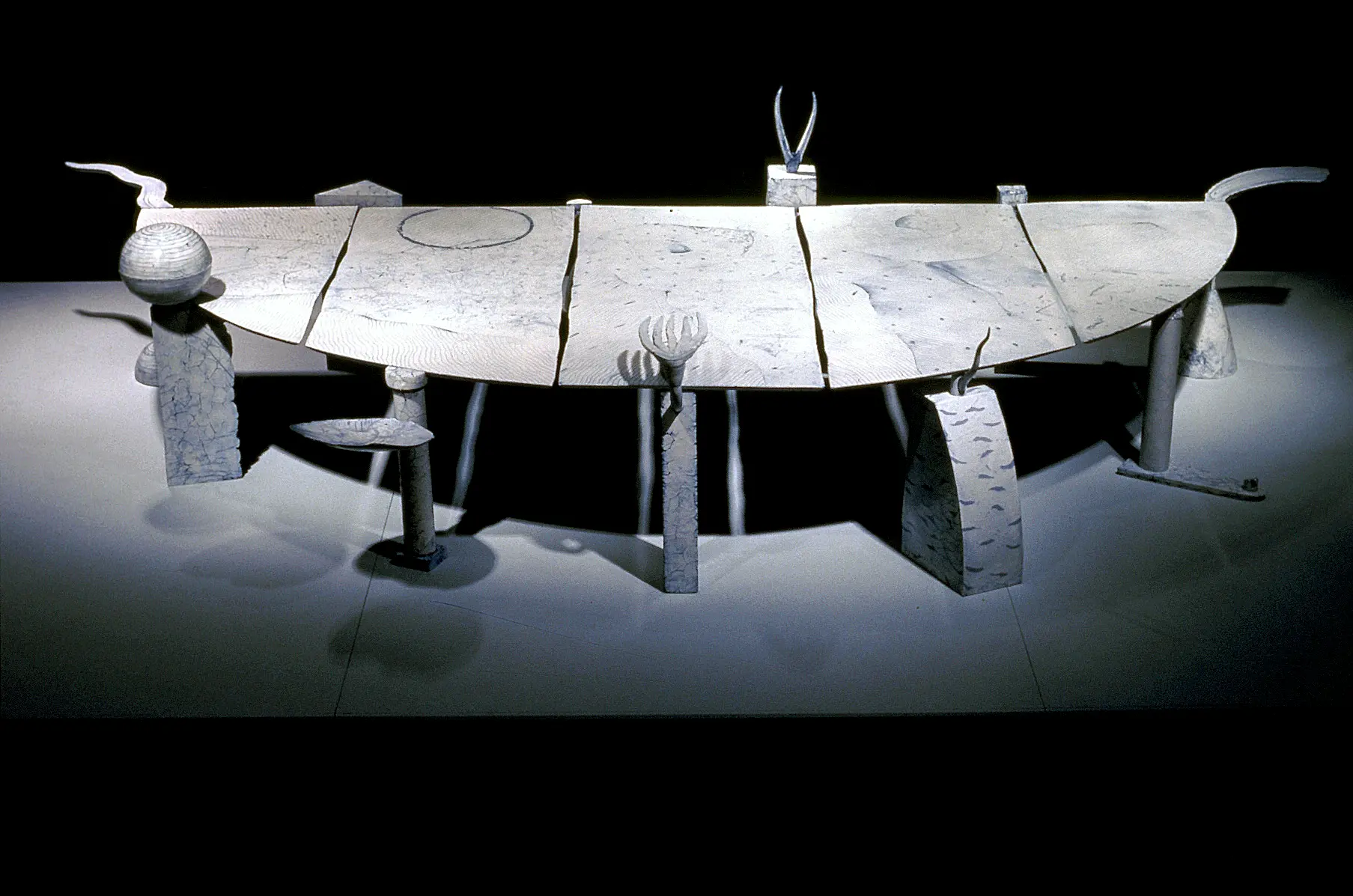
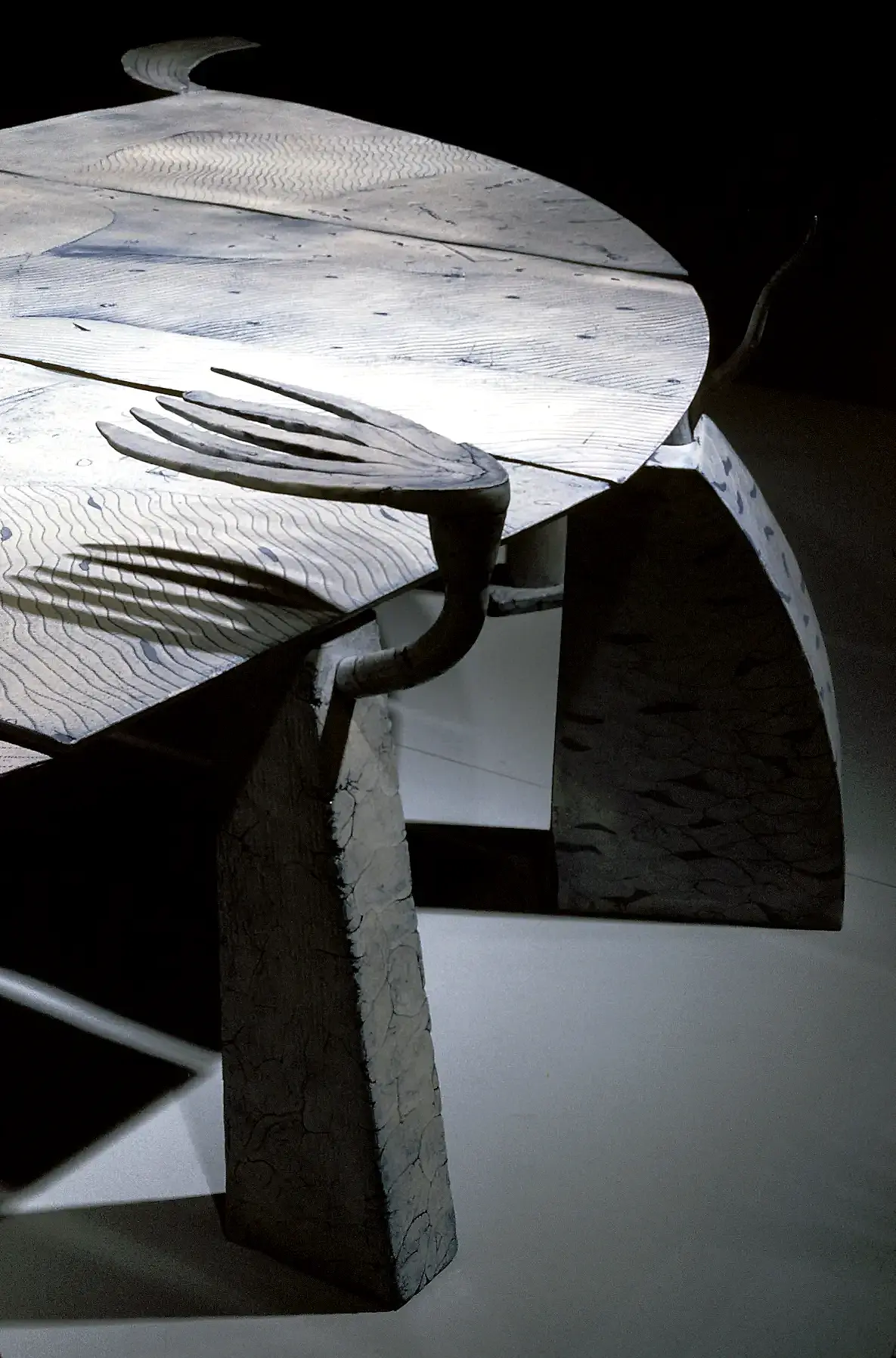
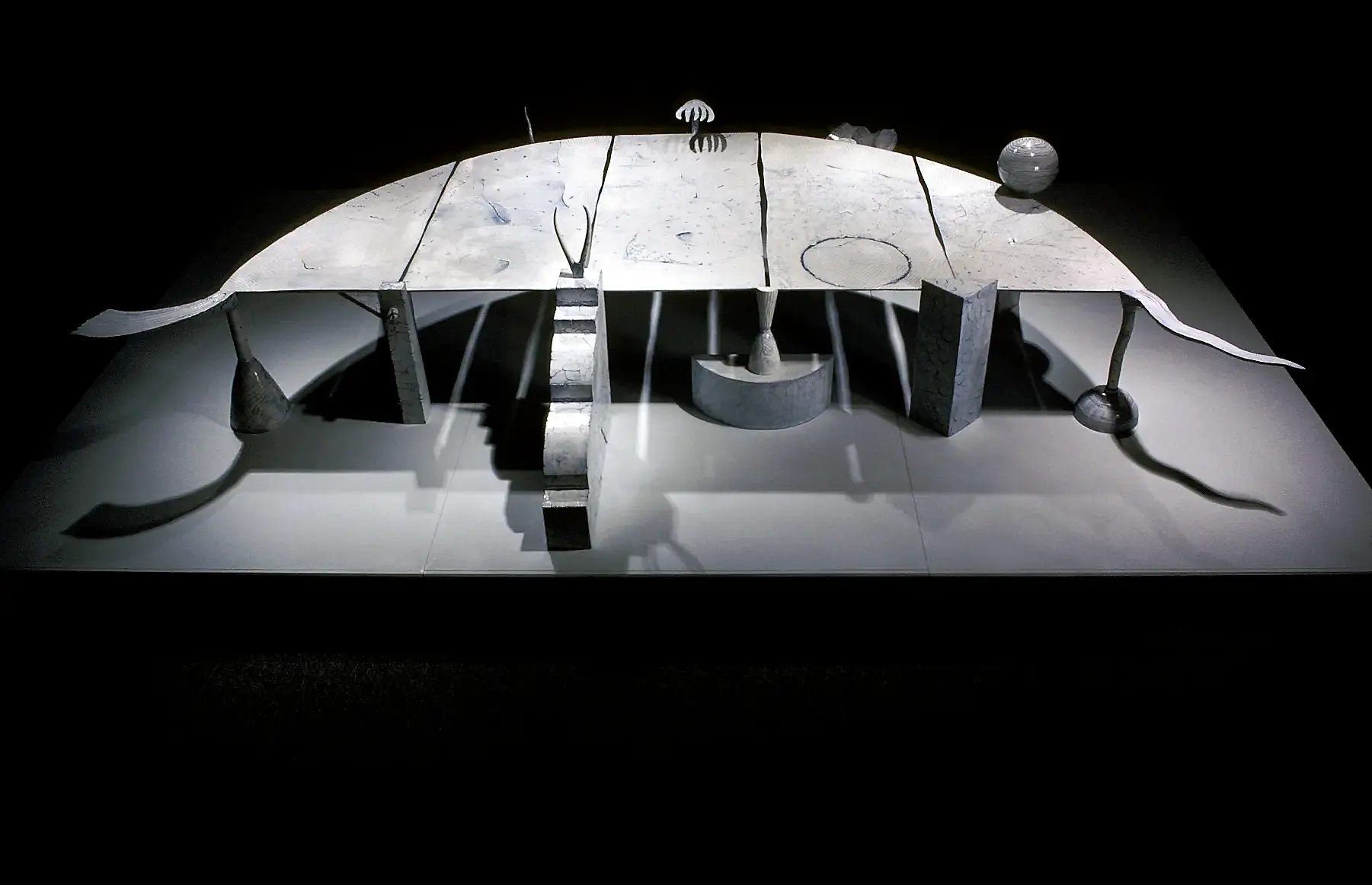
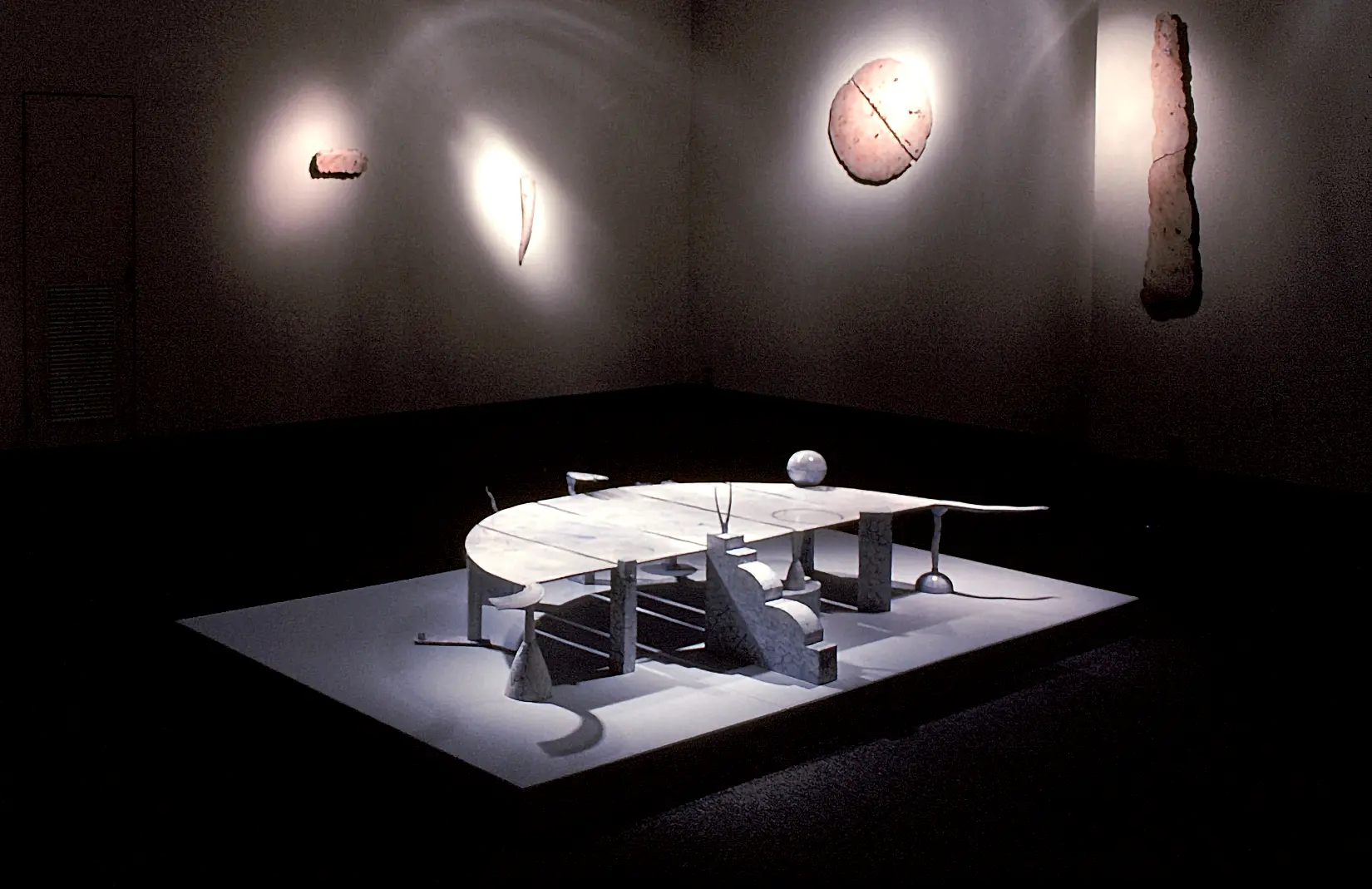
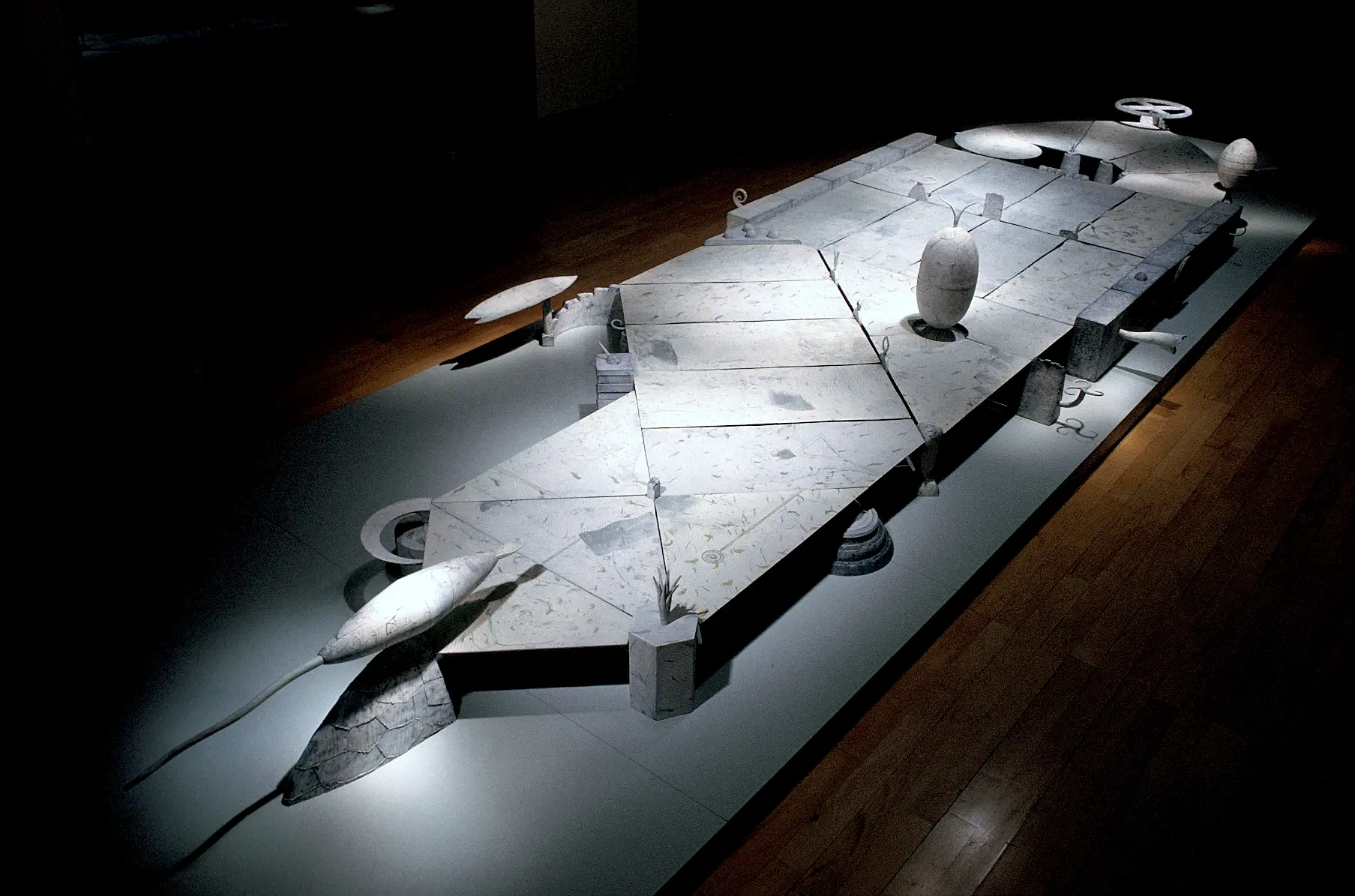
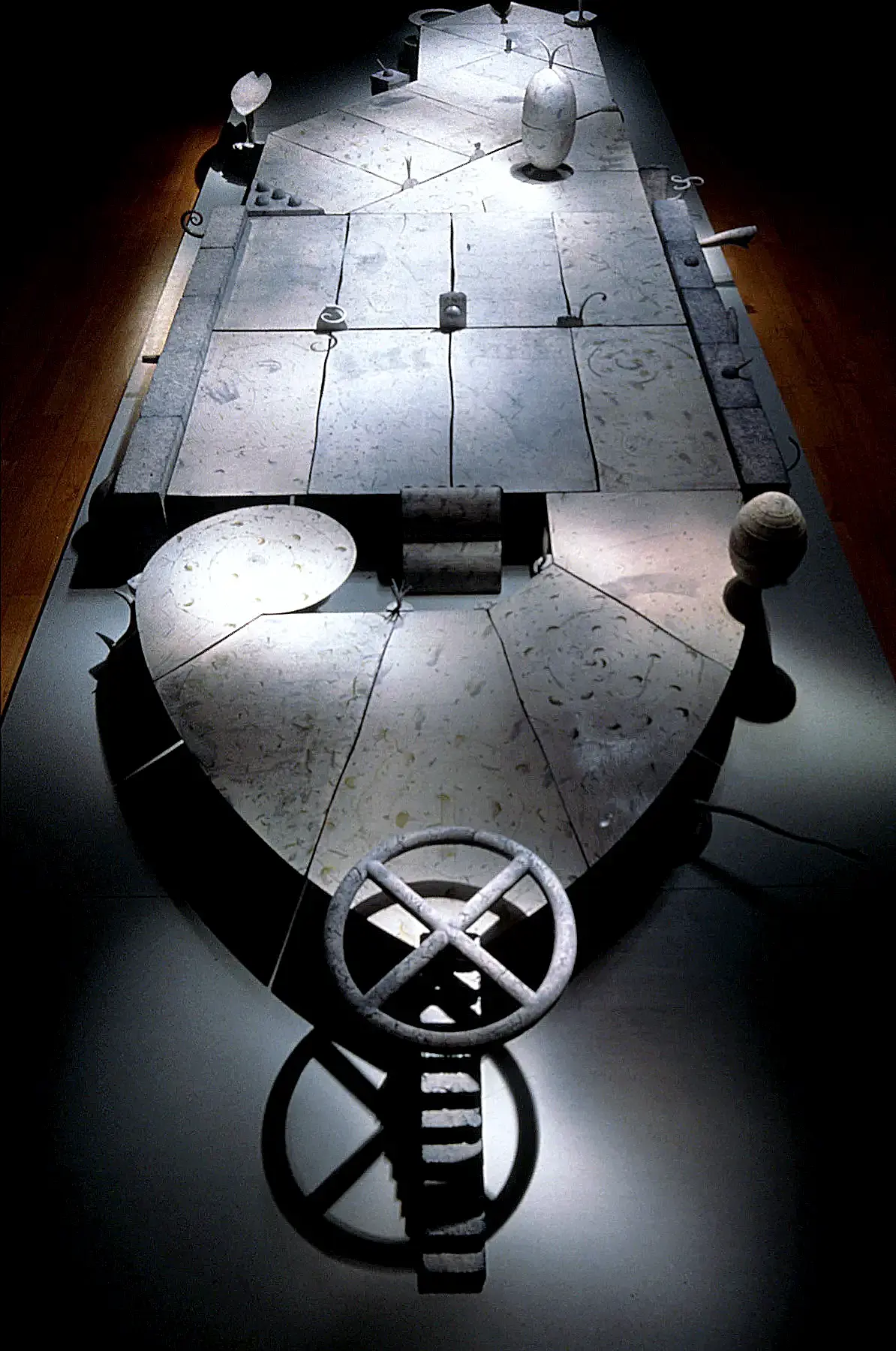
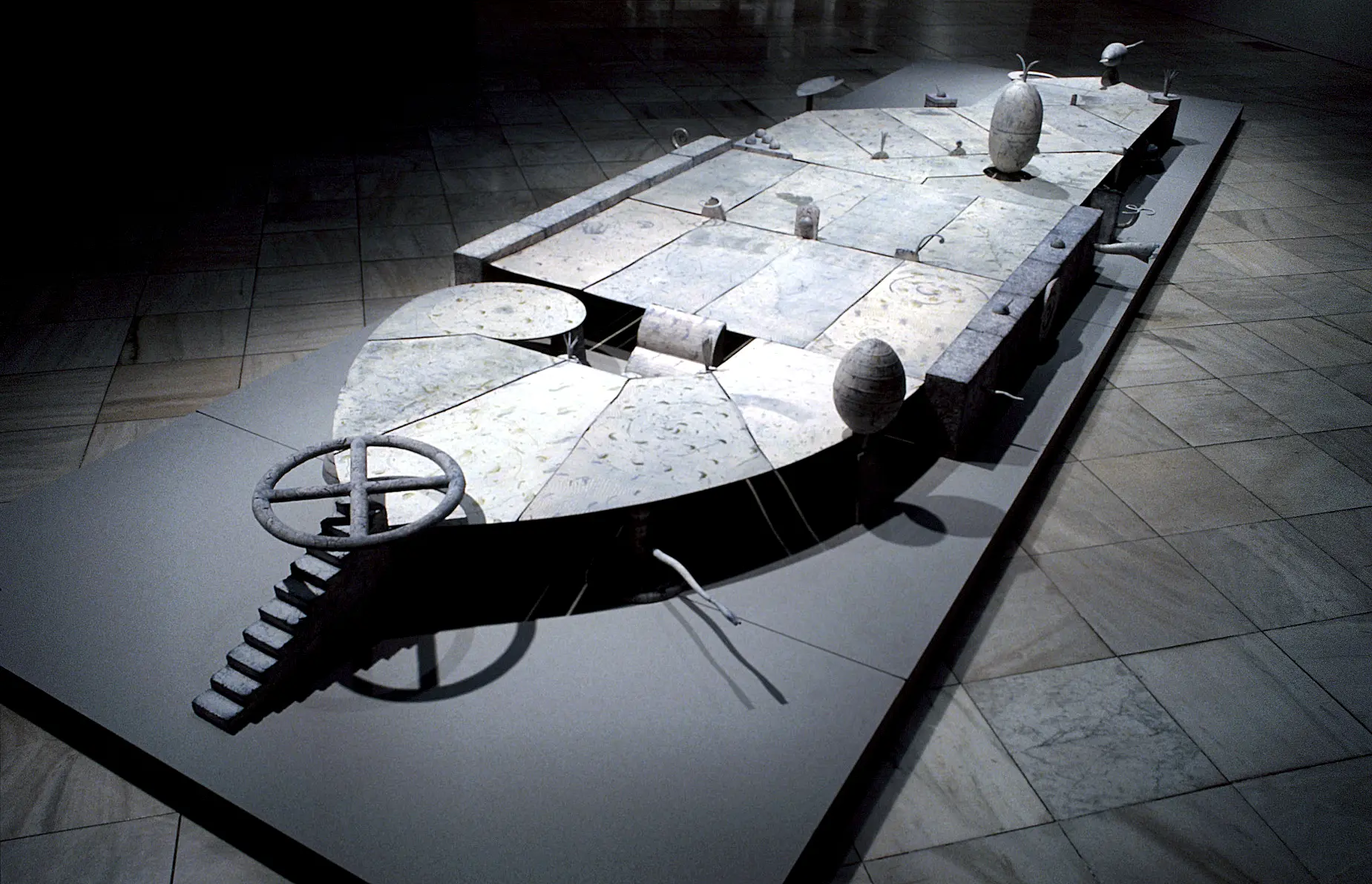
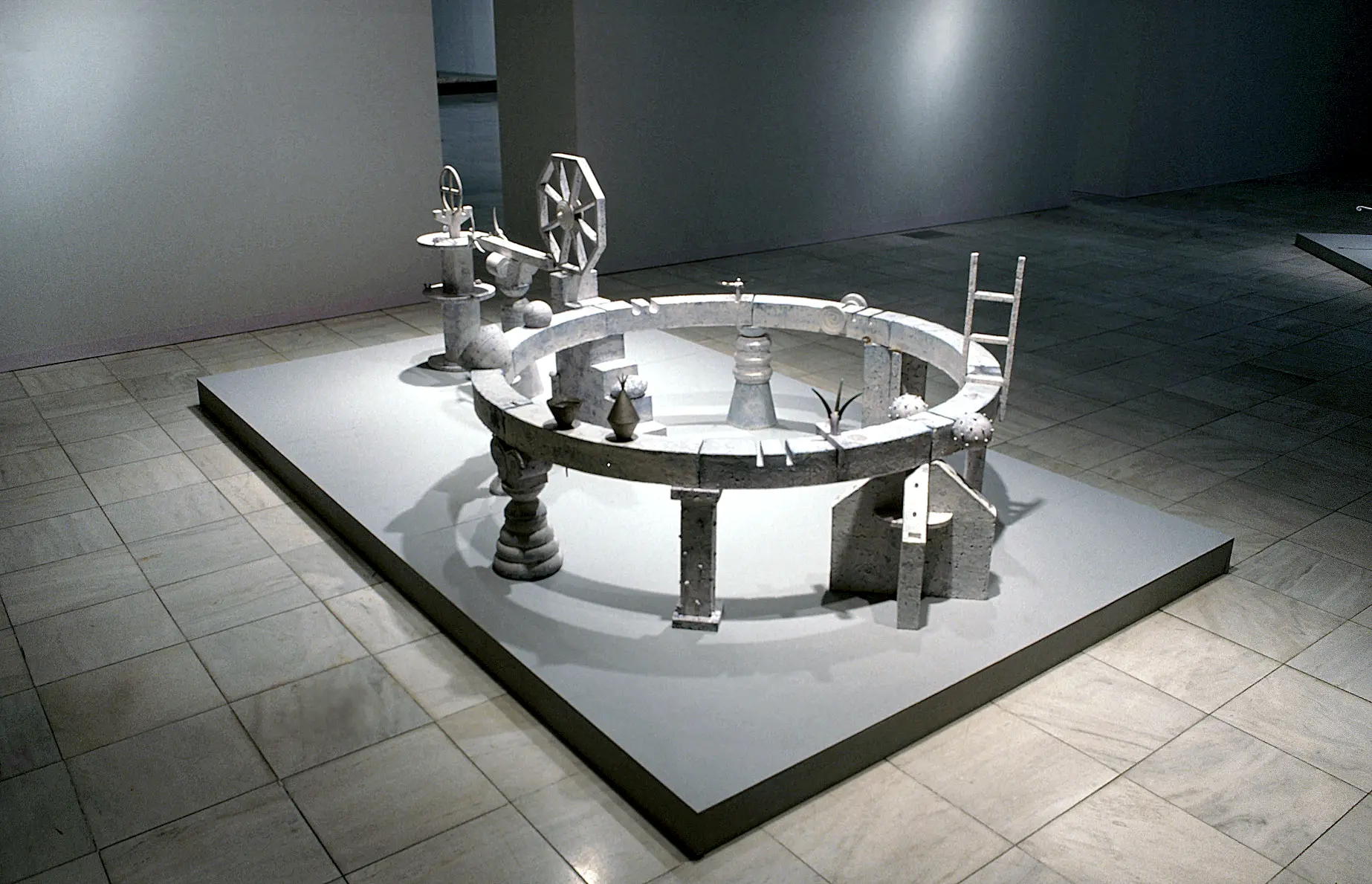
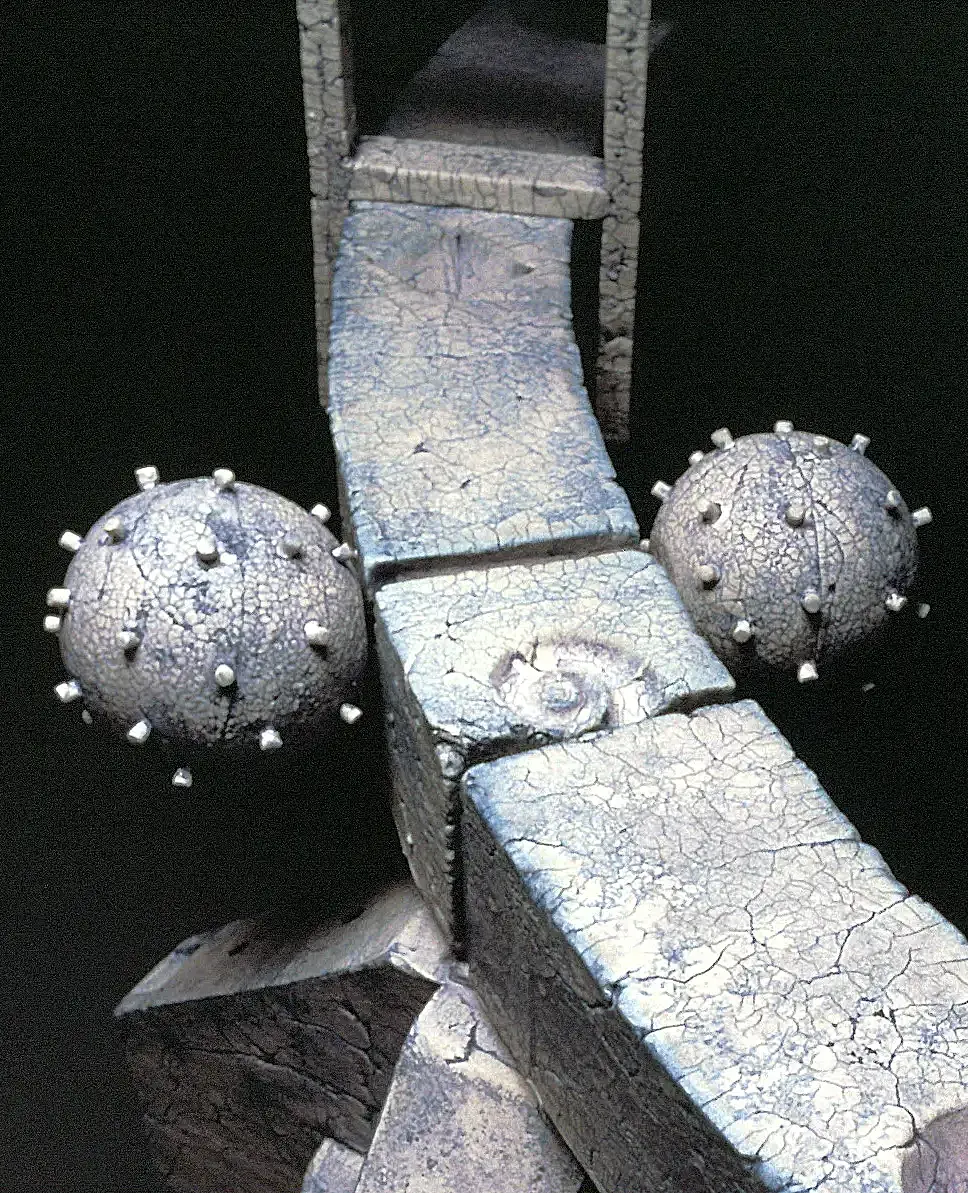
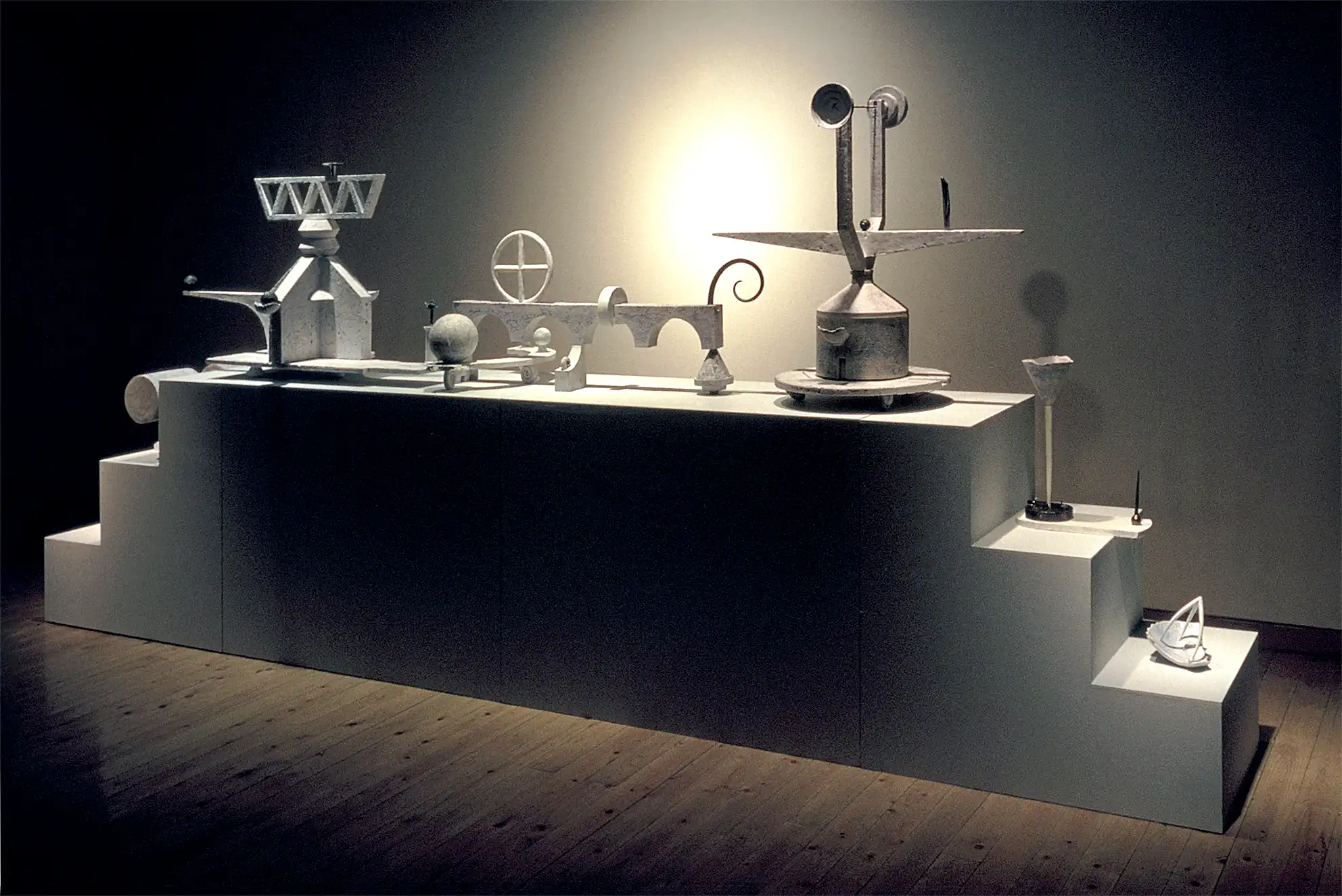

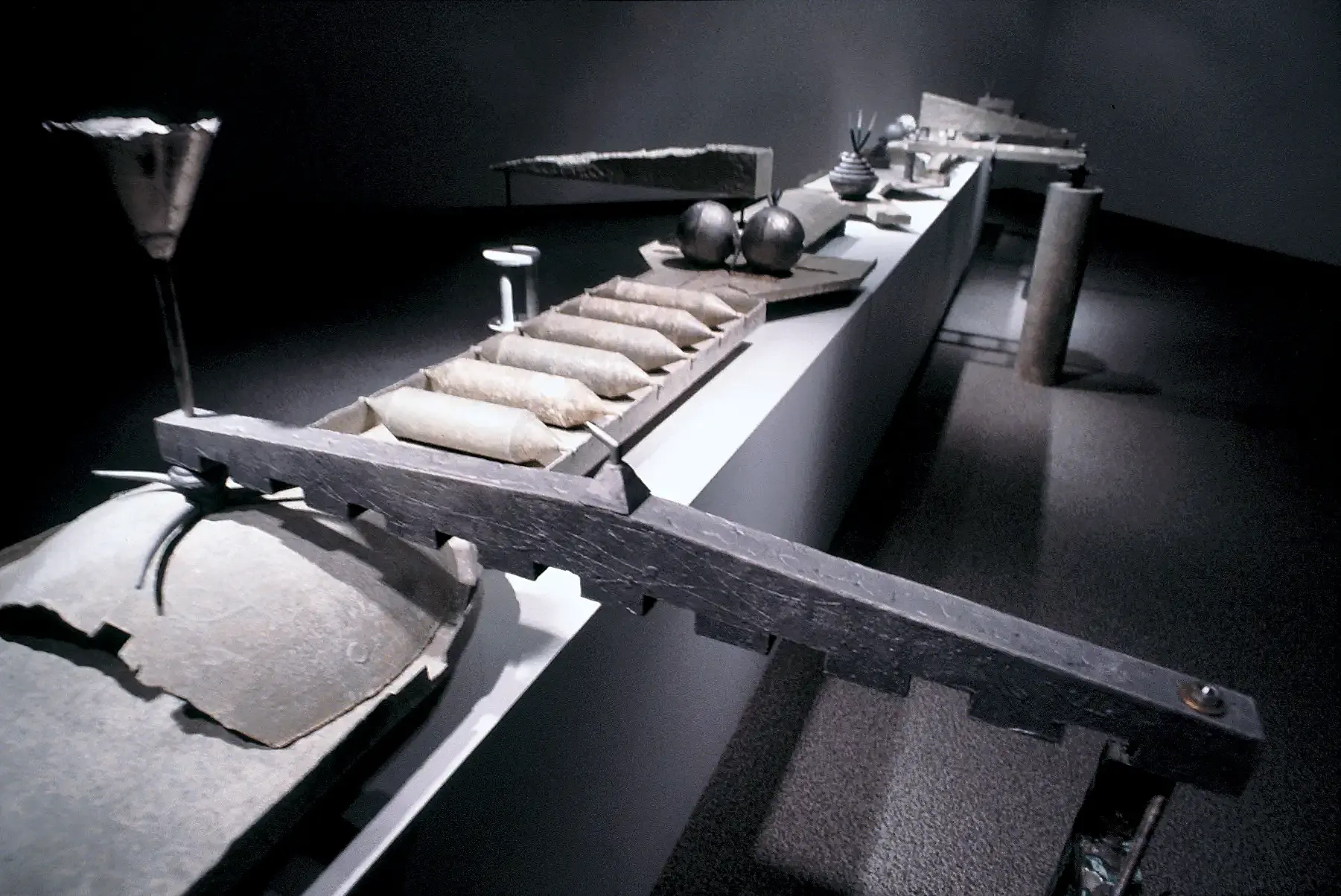
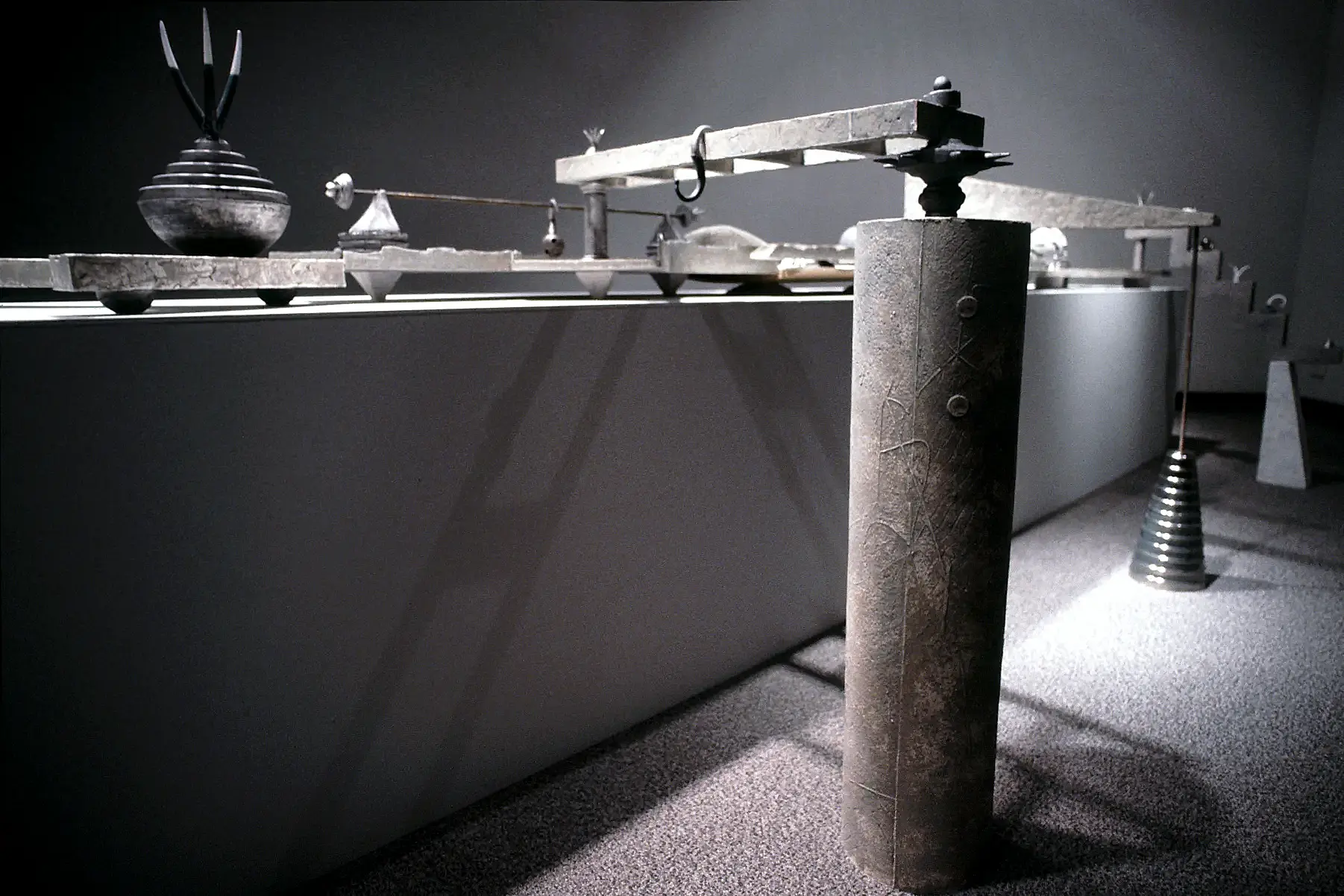
![囲み取って賞でるⅫ [Subterranean Map Episode ’99]](img/07-km12-2-01.webp)
![囲み取って賞でるⅫ [Subterranean Map Episode ’99]](img/07-km12-2-02.webp)
![囲み取って賞でるⅫ [Subterranean Map Episode ’99]](img/07-km12-2-03.webp)
![囲み取って賞でるⅫ [Subterranean Map Episode ’99]](img/07-km12-2-04.webp)
![囲み取って賞でるXⅣ [Subterranean Moonlight Episode ’01]](img/08-km16-1-01.webp)
![囲み取って賞でるXⅣ [Subterranean Moonlight Episode ’01]](img/08-km16-1-02.webp)
![囲み取って賞でるXⅣ [Subterranean Moonlight Episode ’01]](img/08-km16-1-03.webp)
![囲み取って賞でるXV [Subterranean Moonlight Episode ’02]](img/09-km15-01.webp)
![囲み取って賞でるXV [Subterranean Moonlight Episode ’02]](img/09-km15-03.webp)
![囲み取って賞でるXV [Subterranean Moonlight Episode ’02]](img/09-km15-04.webp)
![囲み取って賞でるXV [Subterranean Moonlight Episode ’02]](img/09-km15-02.webp)
![囲み取って賞でるXⅥ [Subterranean Moonlight ’04]](img/10-km17-1-01.webp)
![囲み取って賞でるXⅥ [Subterranean Moonlight ’04]](img/10-km17-1-02.webp)
![囲み取って賞でるXⅥ [Subterranean Moonlight ’04]](img/10-km17-1-03.webp)
![囲み取って賞でるXⅦ [Subterranean Moonlight Jardin]](img/11-km17-2-01.webp)
![囲み取って賞でるXⅦ [Subterranean Moonlight Jardin]](img/11-km17-2-02.webp)
![囲み取って賞でるXⅦ [Subterranean Moonlight Jardin]](img/11-km17-2-03.webp)
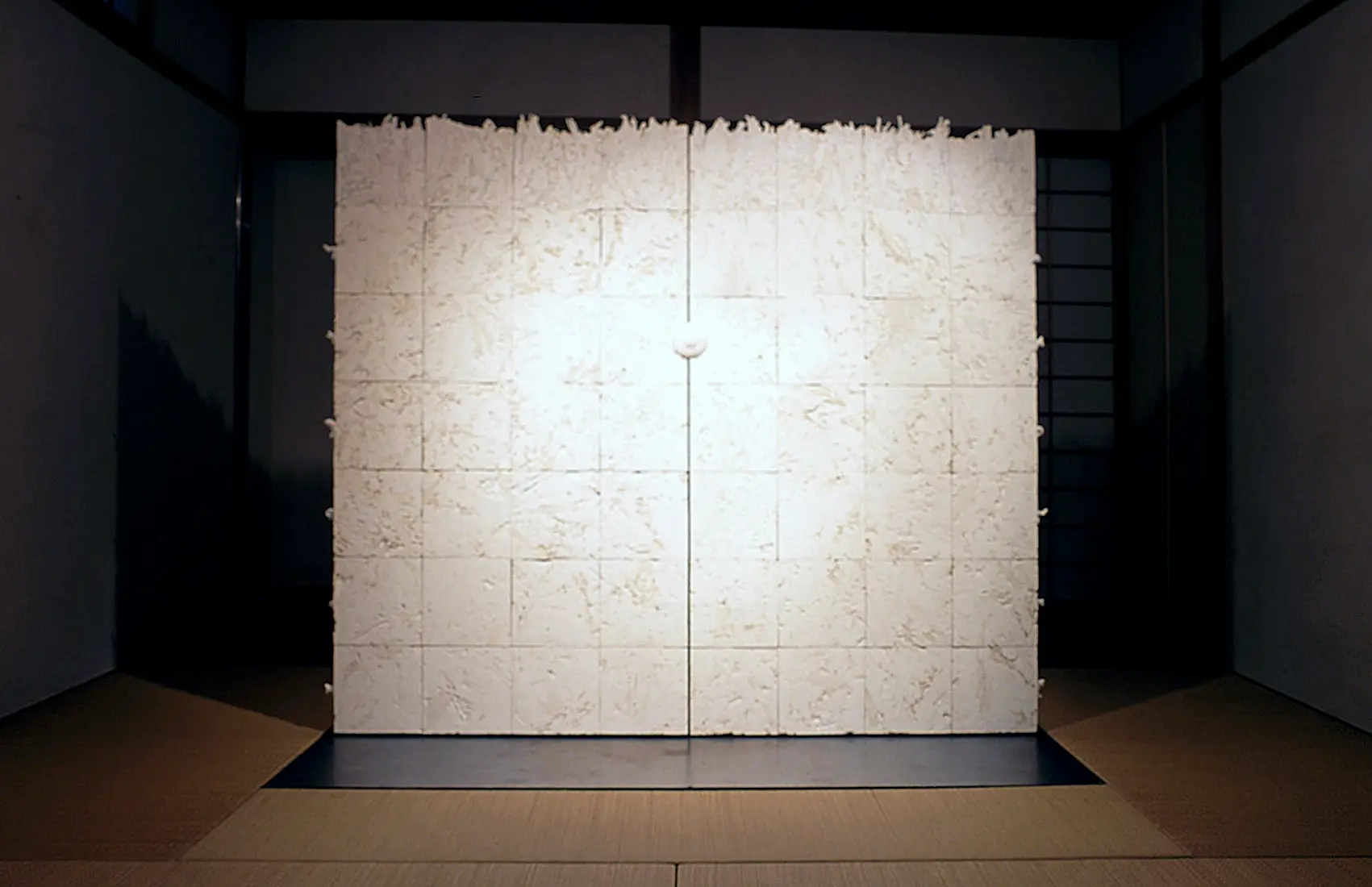
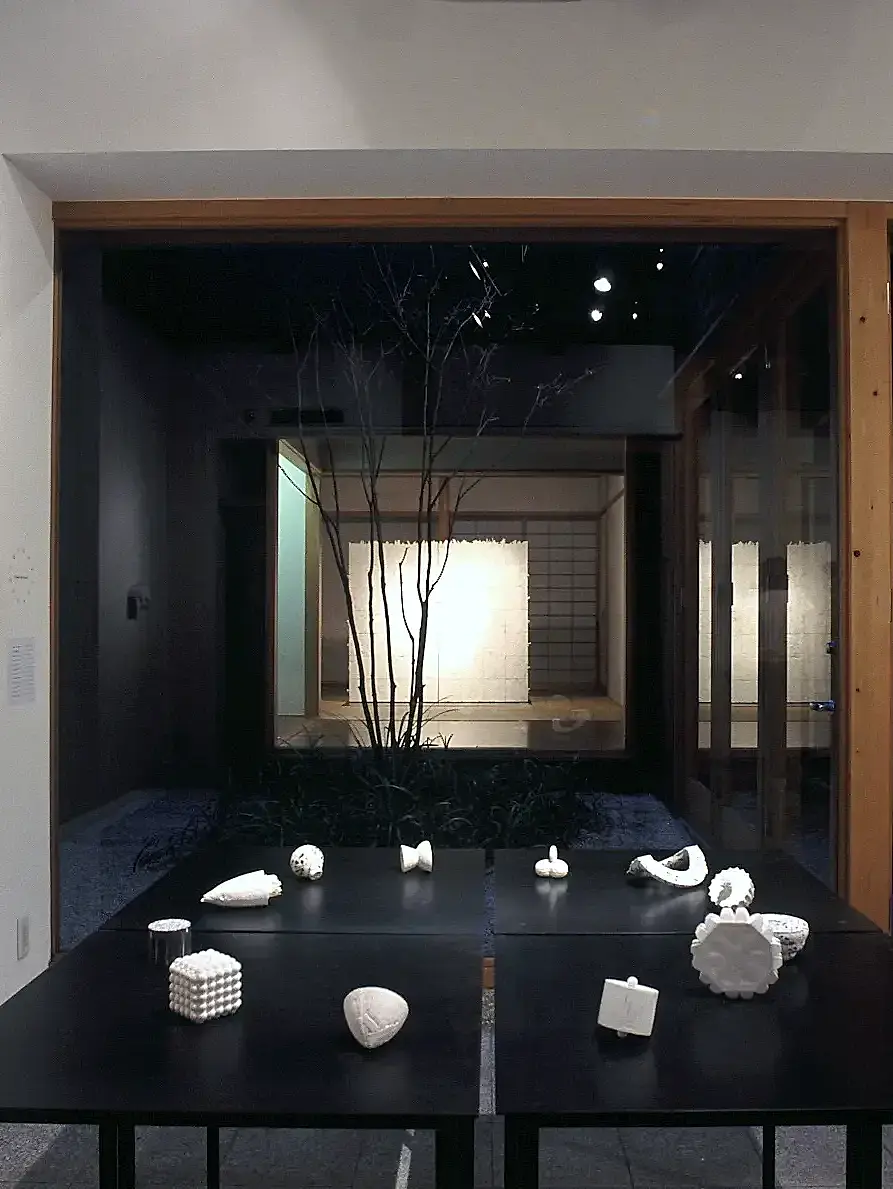
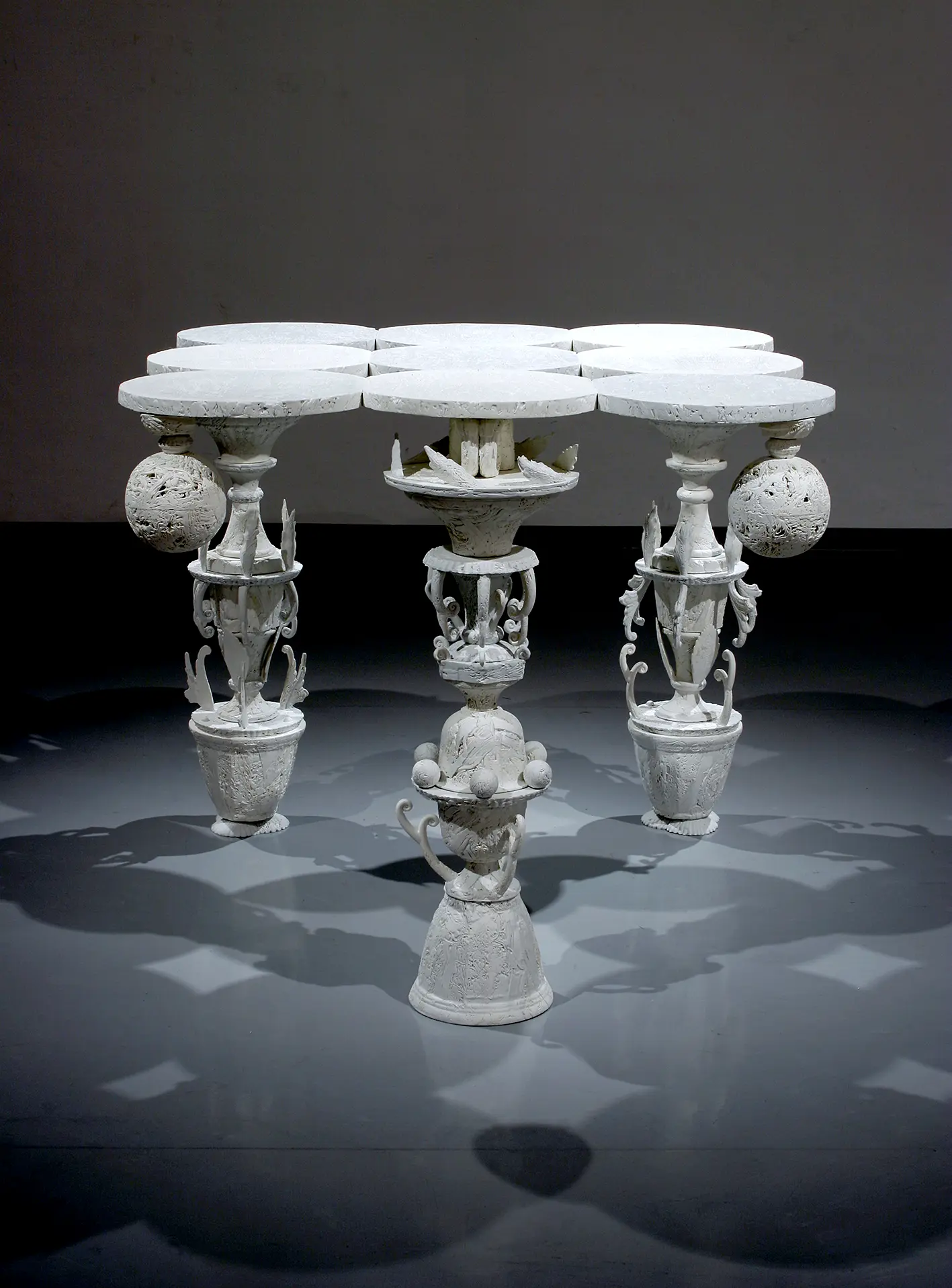
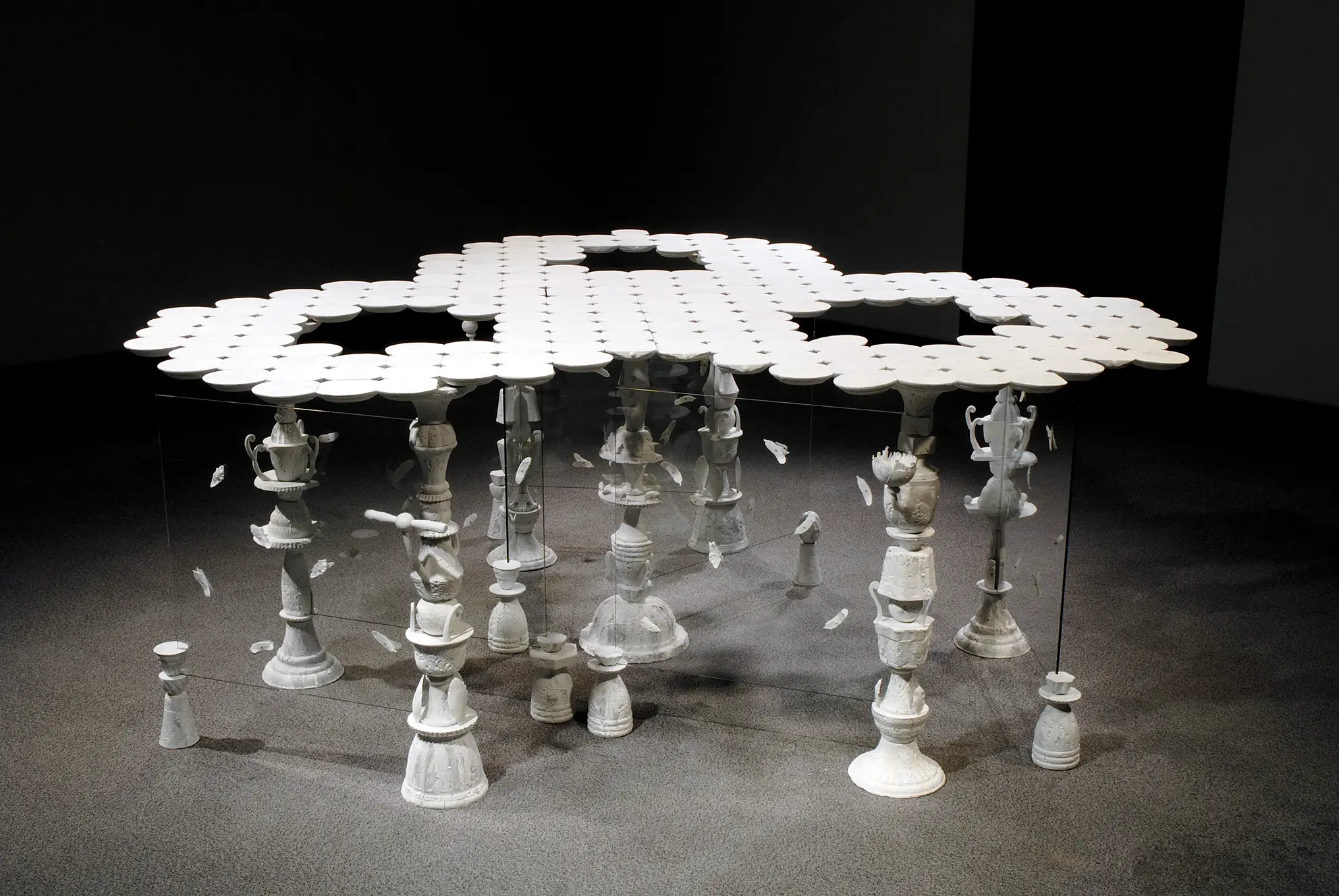
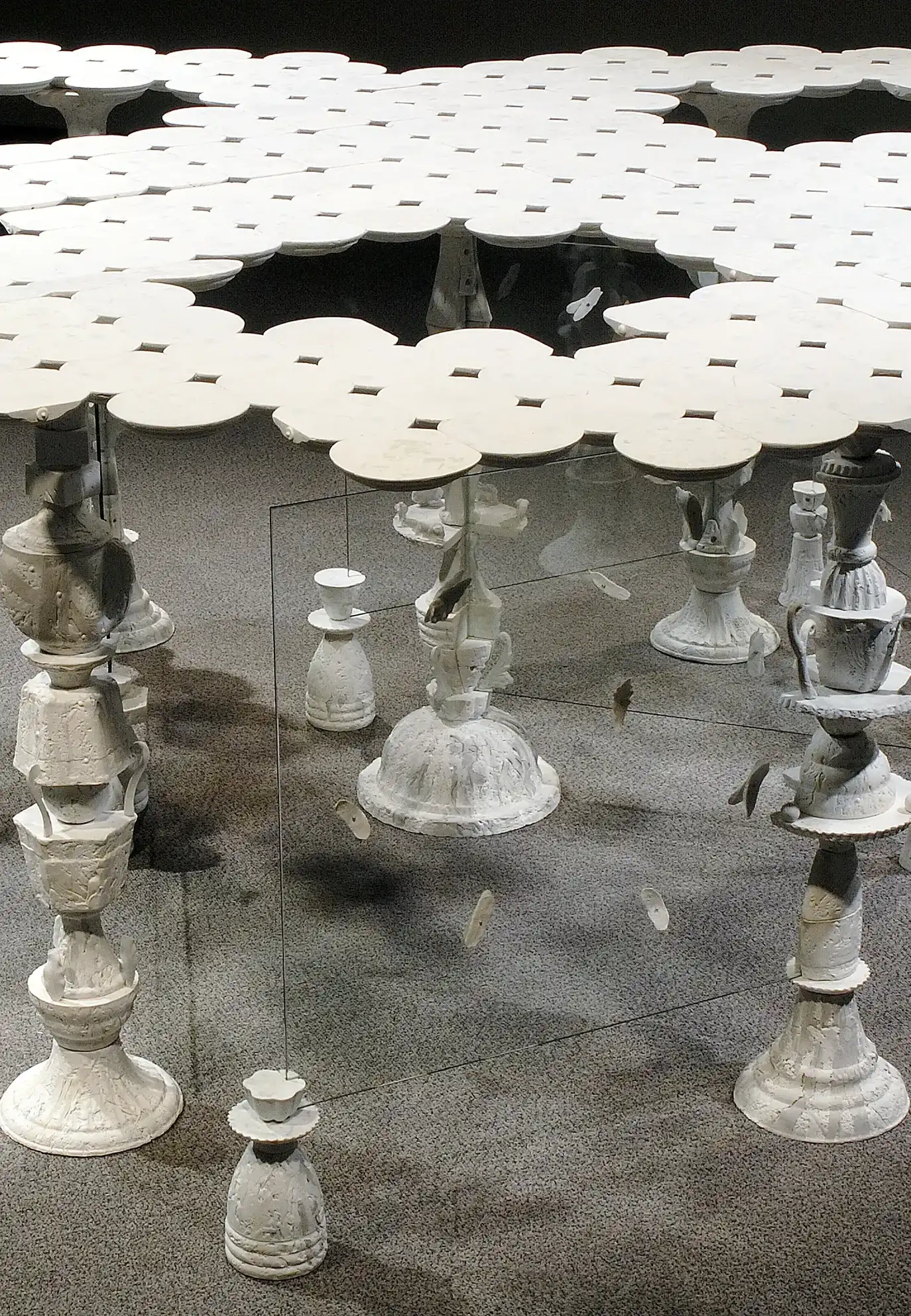
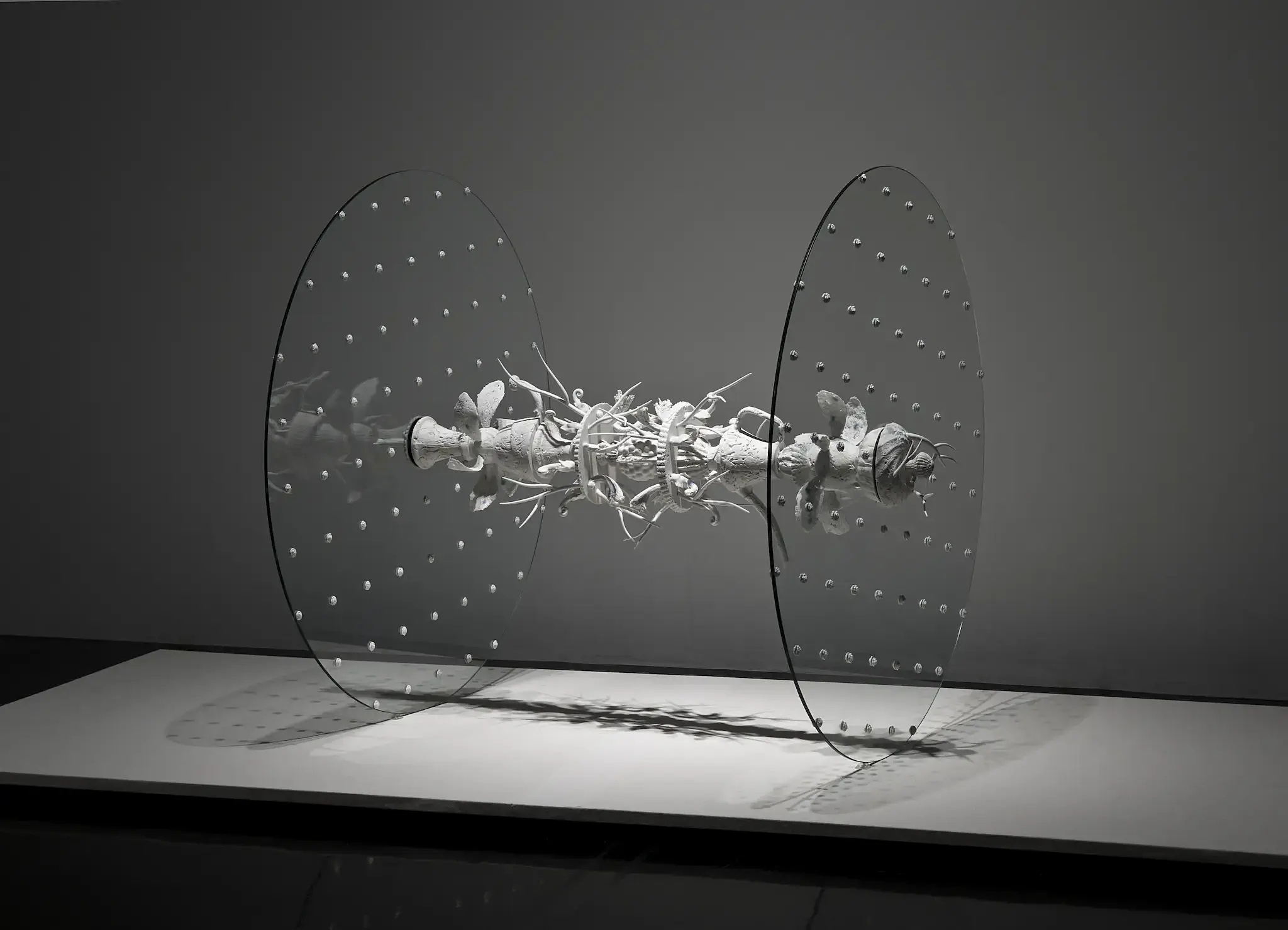
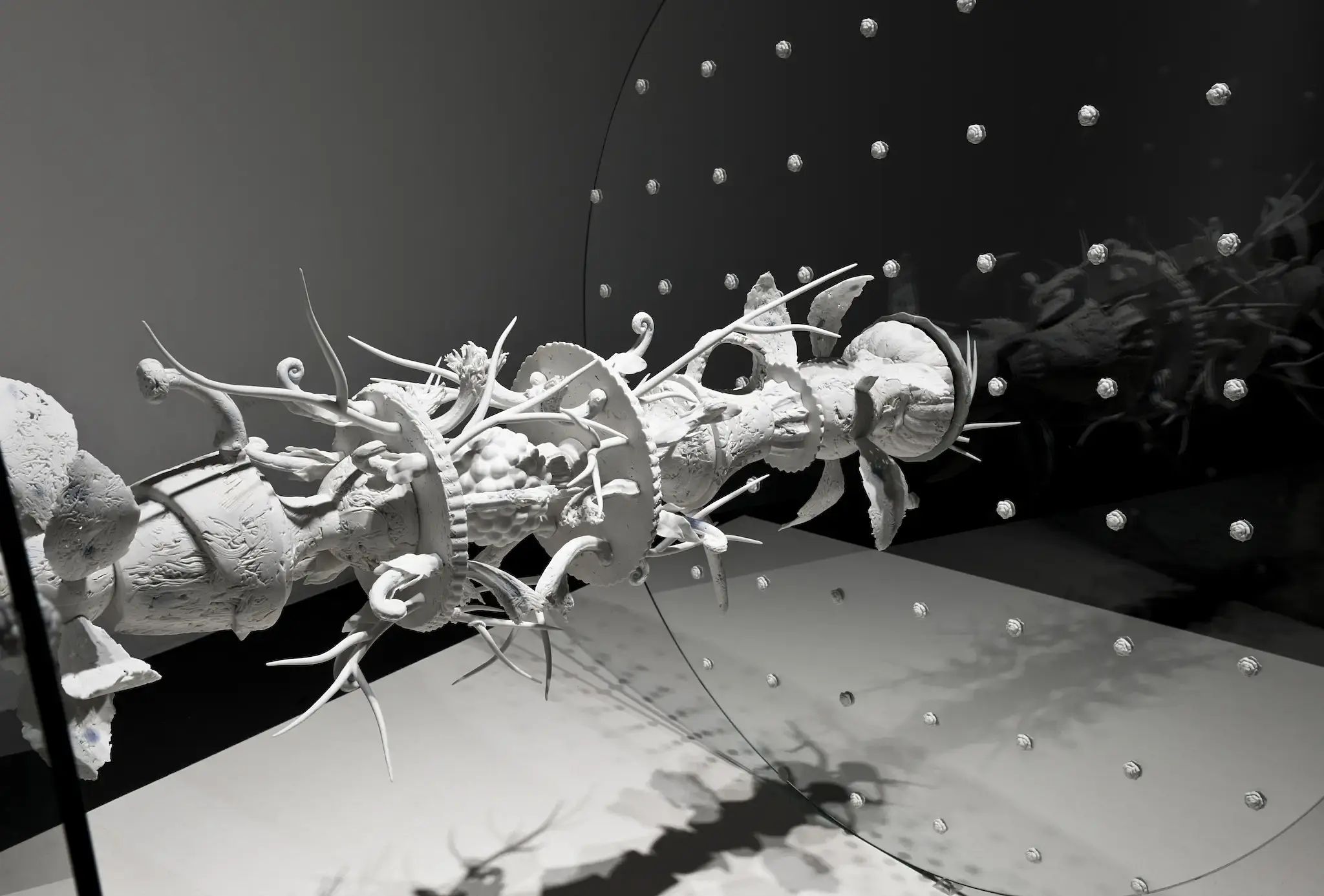
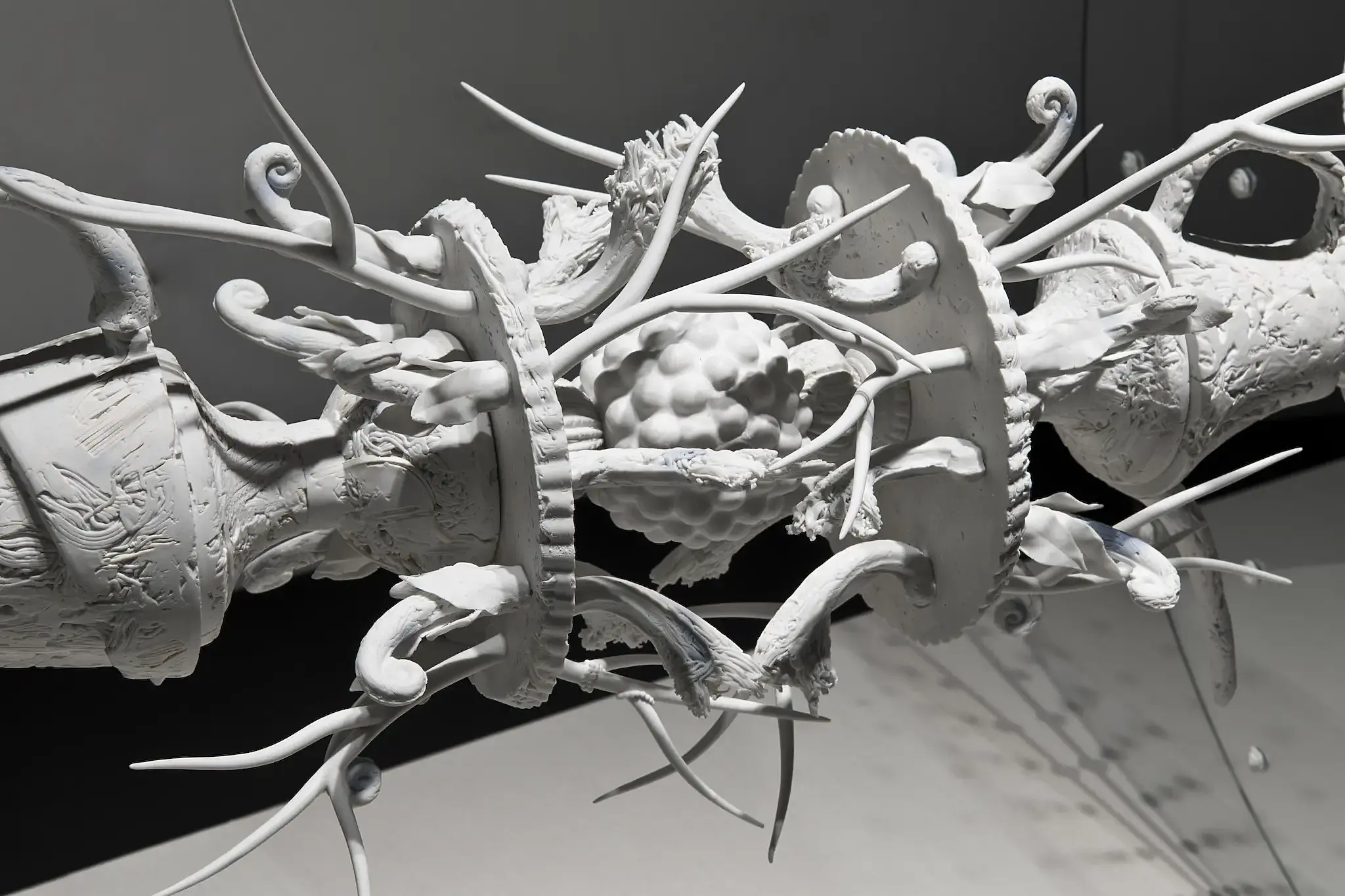
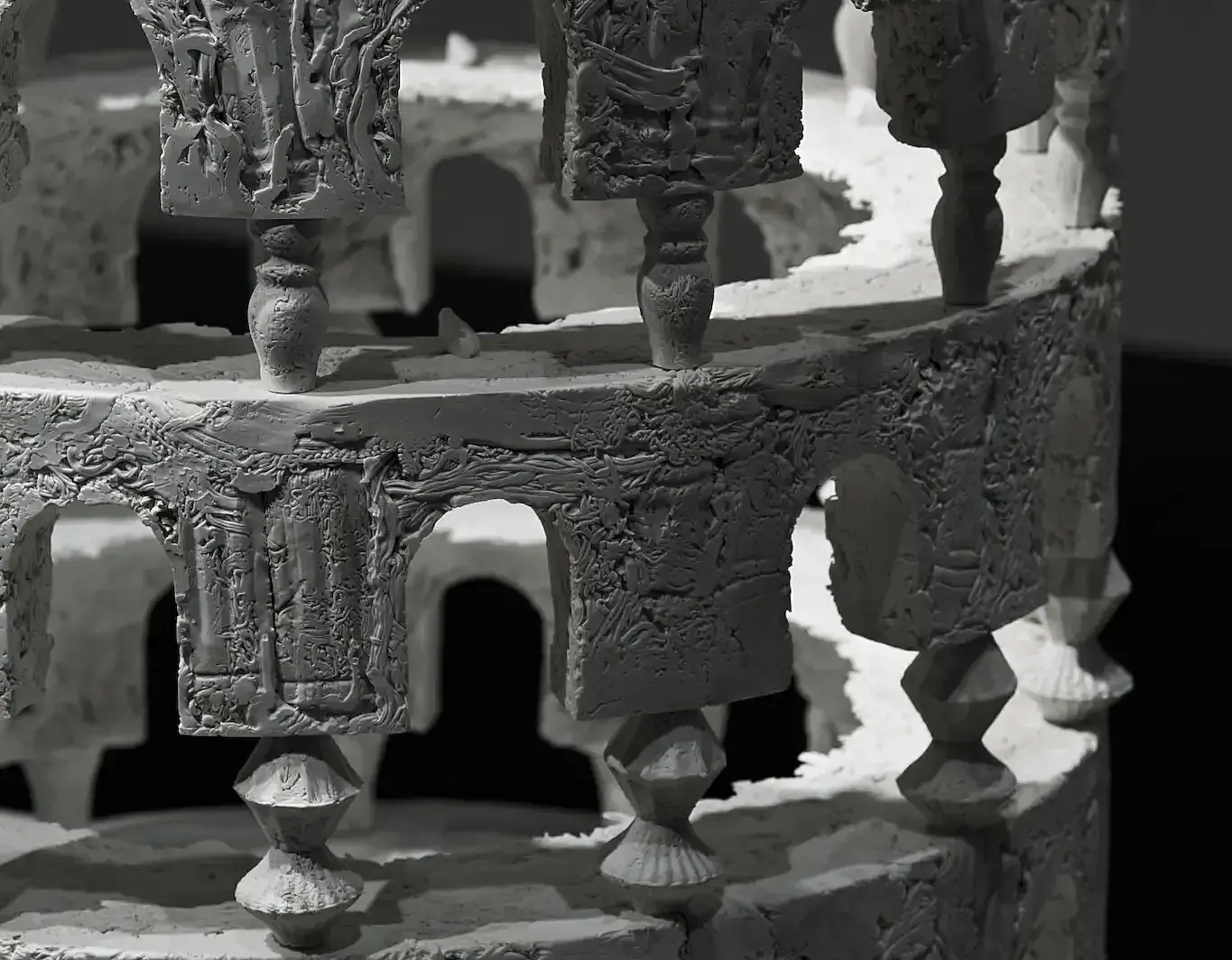
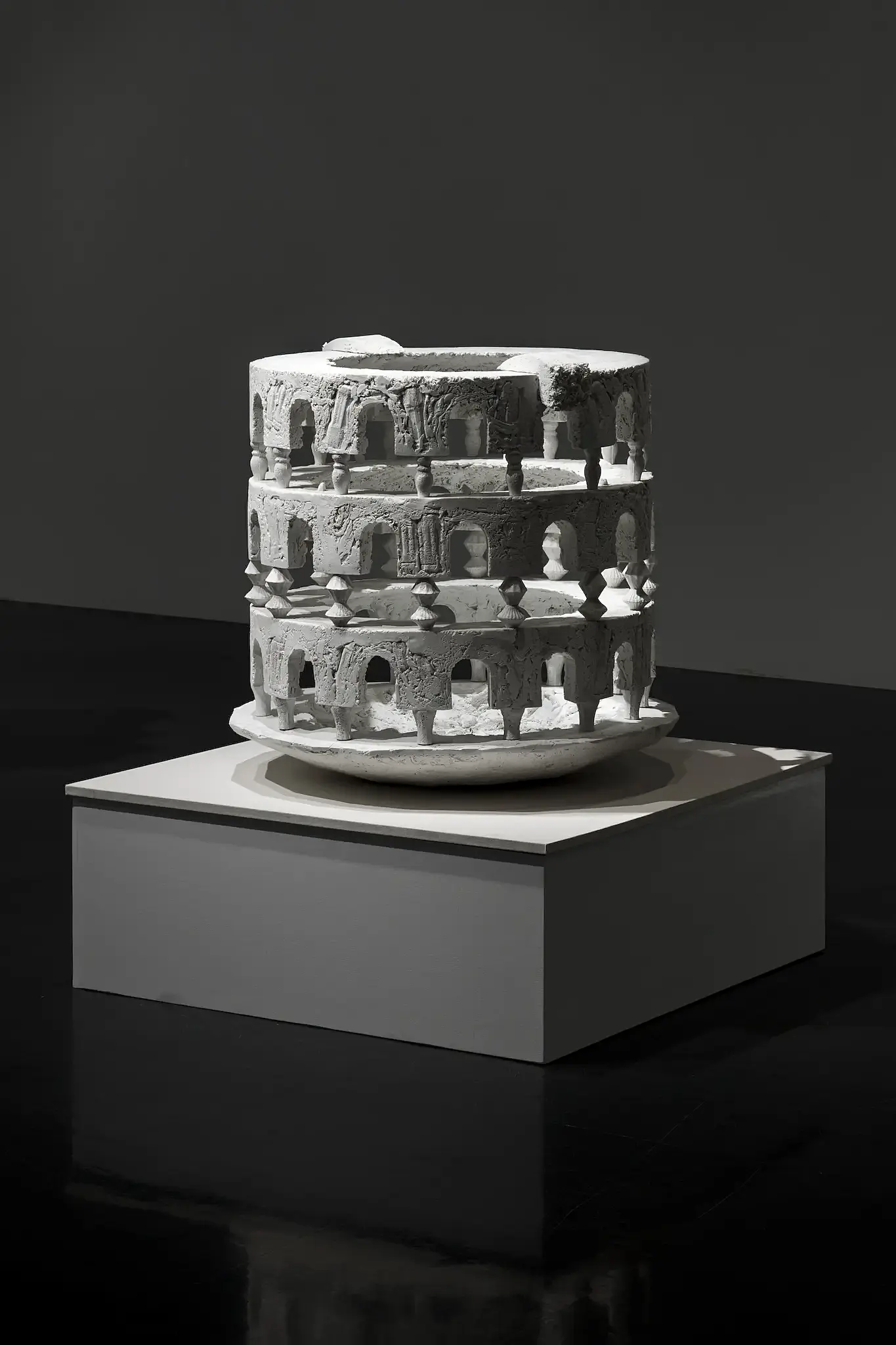
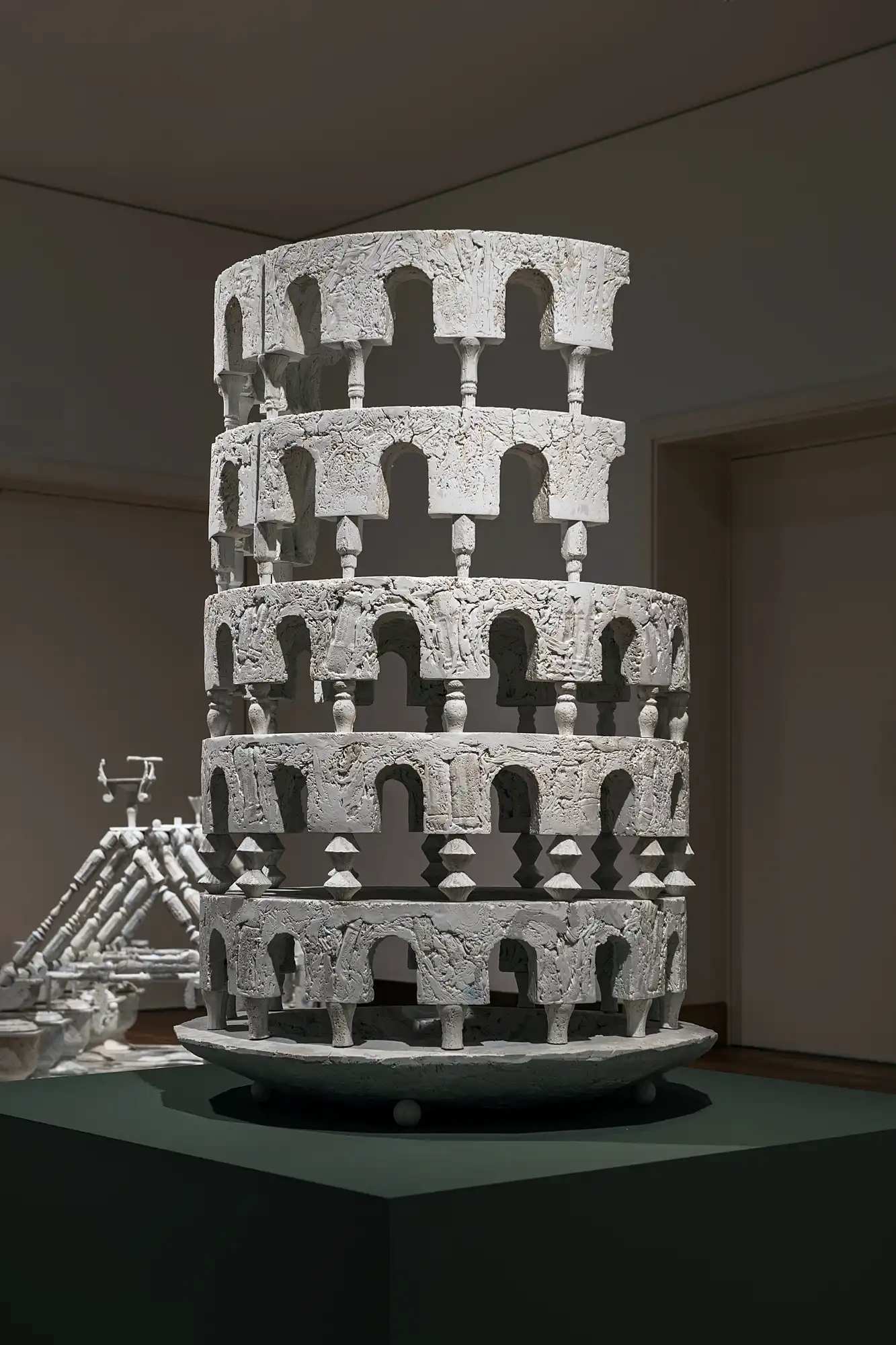
![囲み取って賞でるXIX [Mitochondrion’s Jardin]](img/16-km19-01.webp)
![囲み取って賞でるXIX [Mitochondrion’s Jardin]](img/16-km19-02.webp)
![囲み取って賞でるXIX [Mitochondrion’s Jardin]](img/16-km19-03.webp)
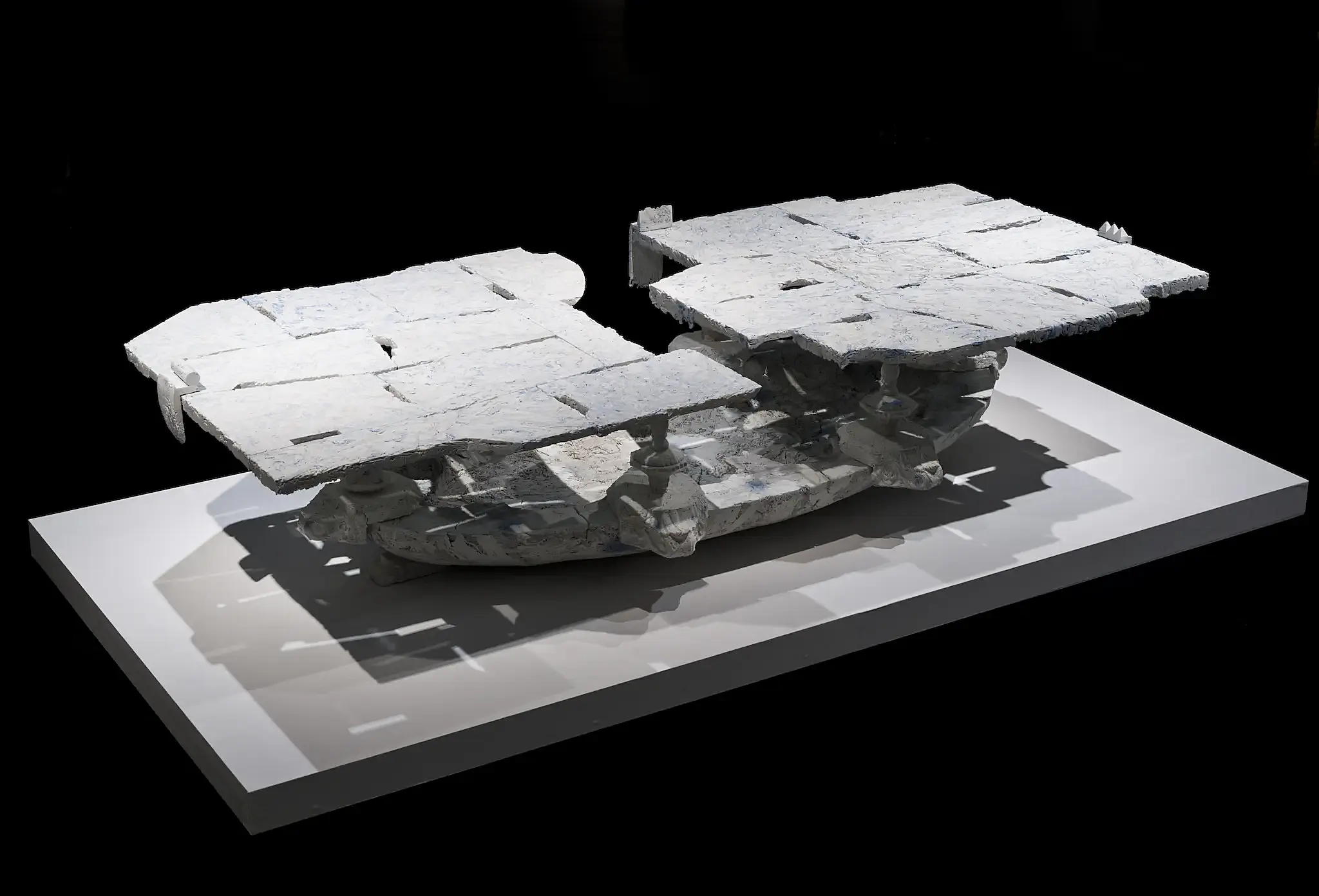
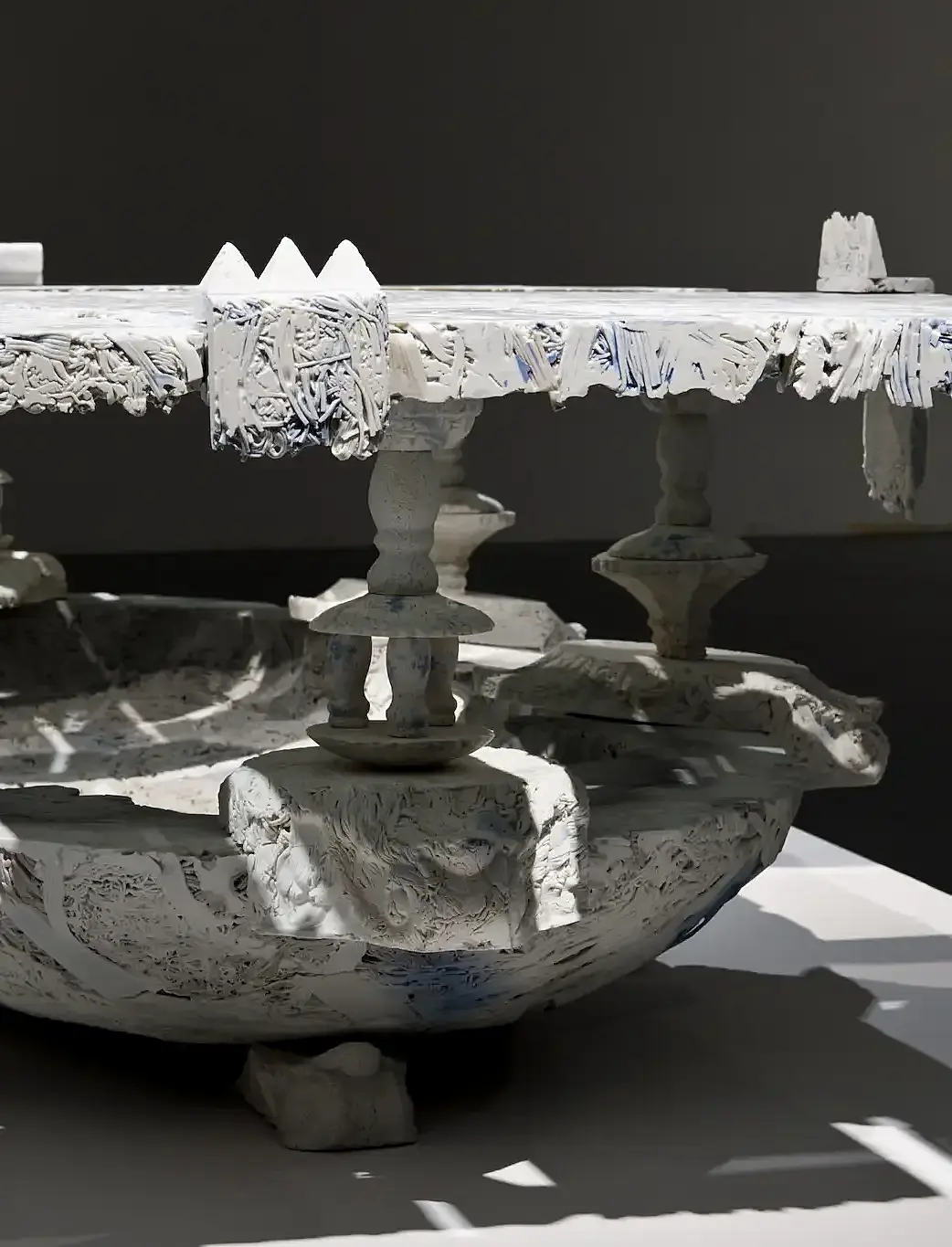
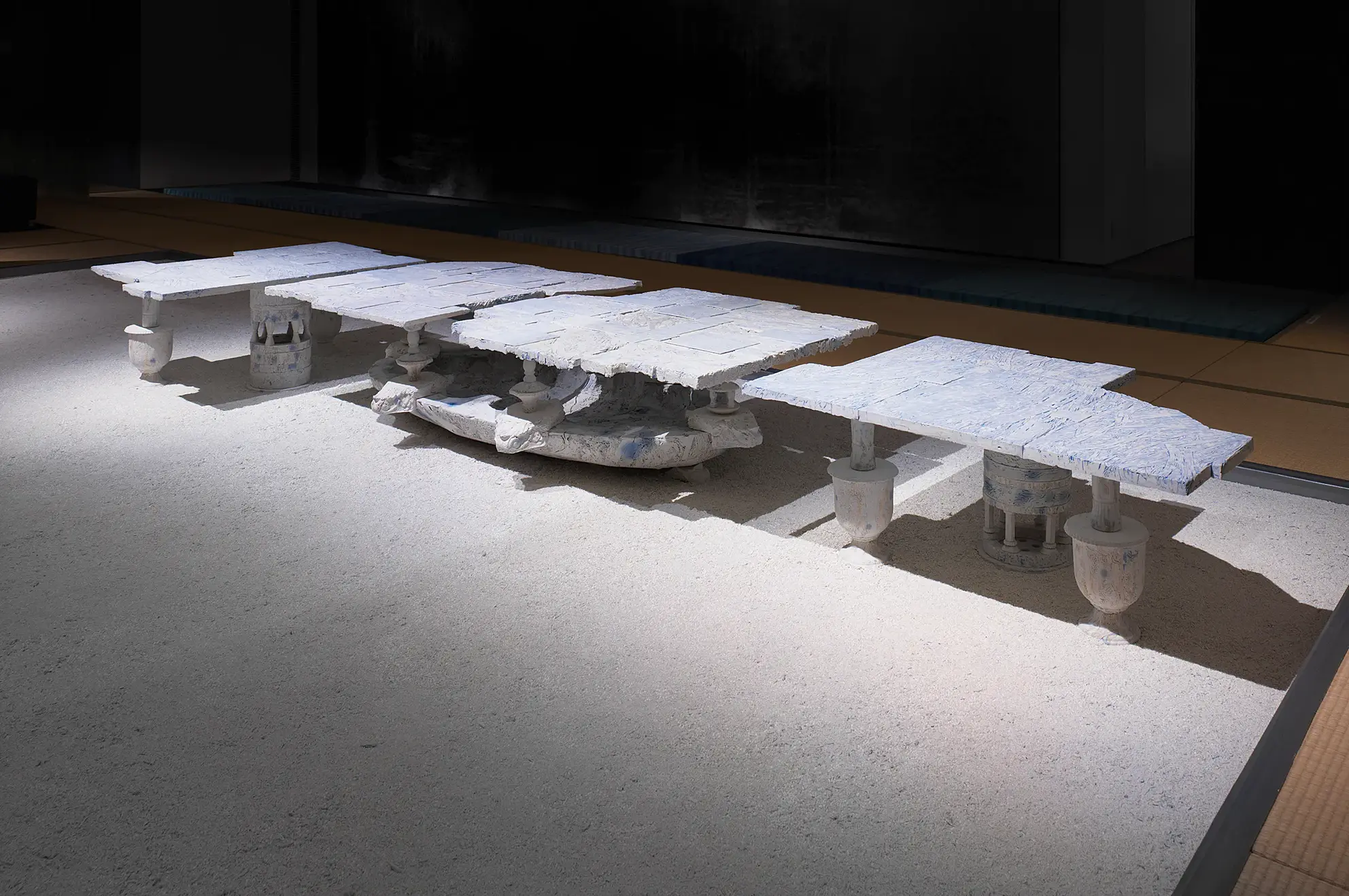

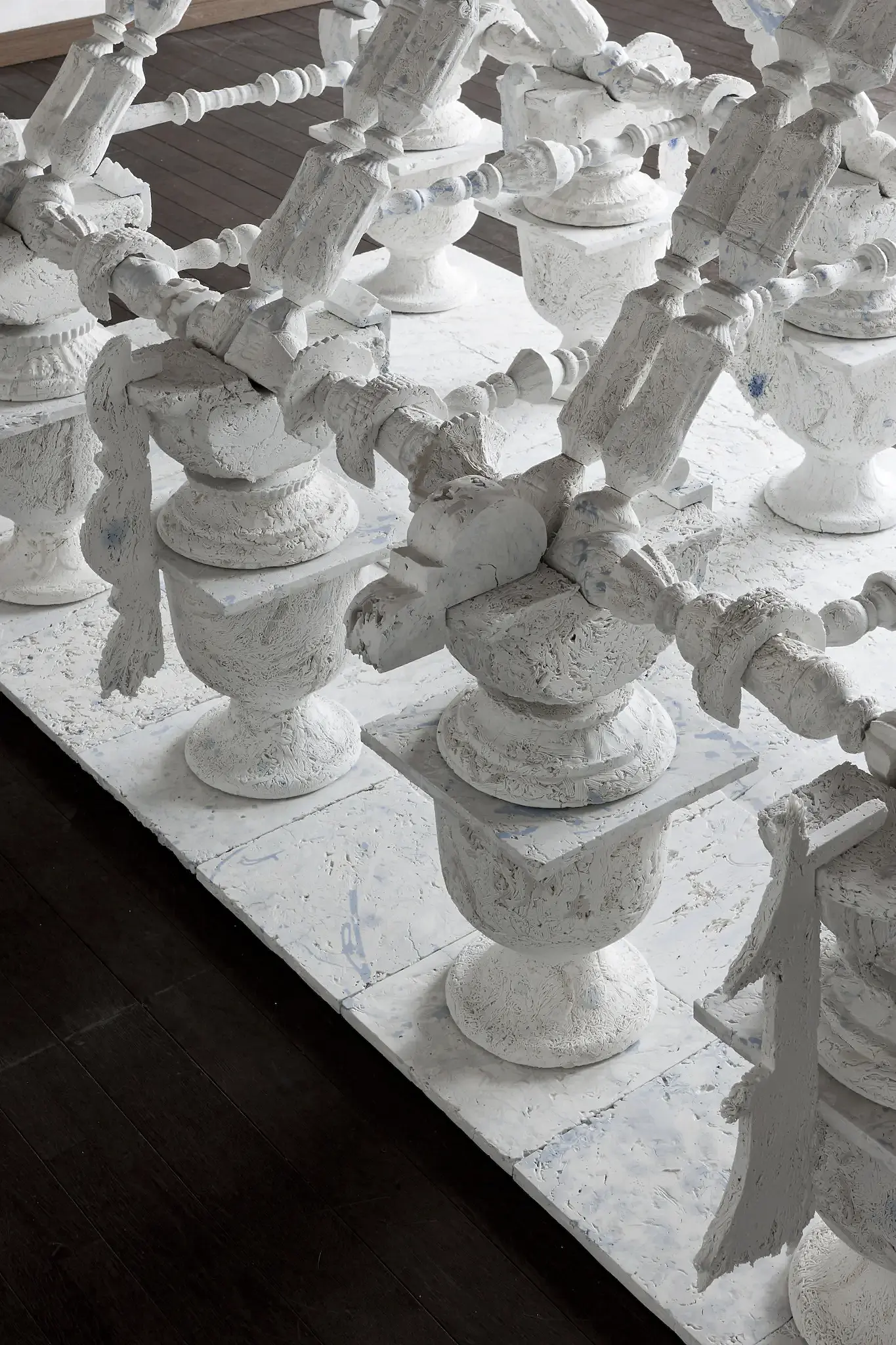
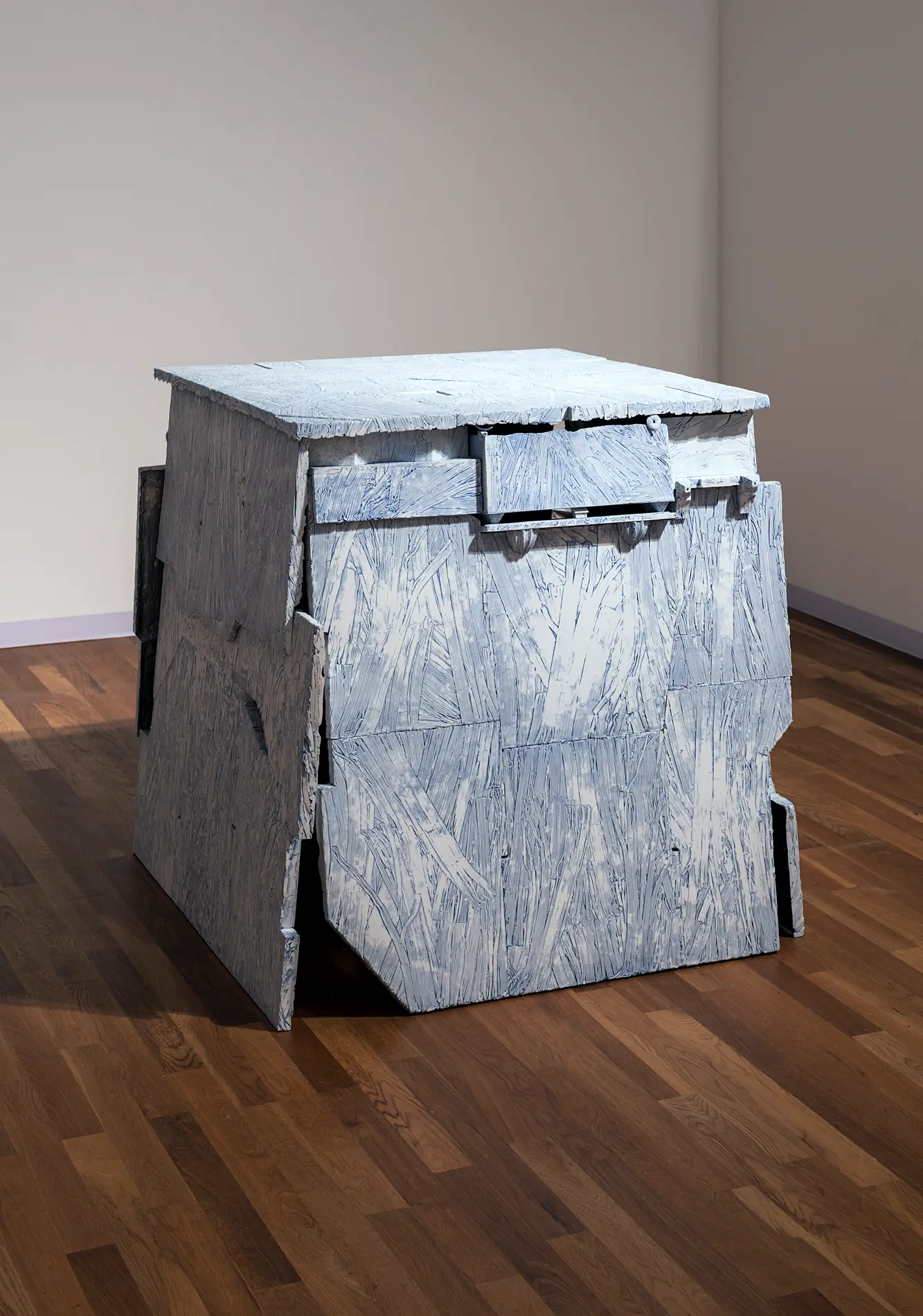

![瀑布図2023 [The Waterfalls 2023]](img/24-the_waterfalls_2023-1.webp)
![瀑布図2023 [The Waterfalls 2023]](img/24-the_waterfalls_2023-2.webp)
![瀑布図2024 [The Waterfalls 2024]](img/25-the_waterfalls_2024.webp)